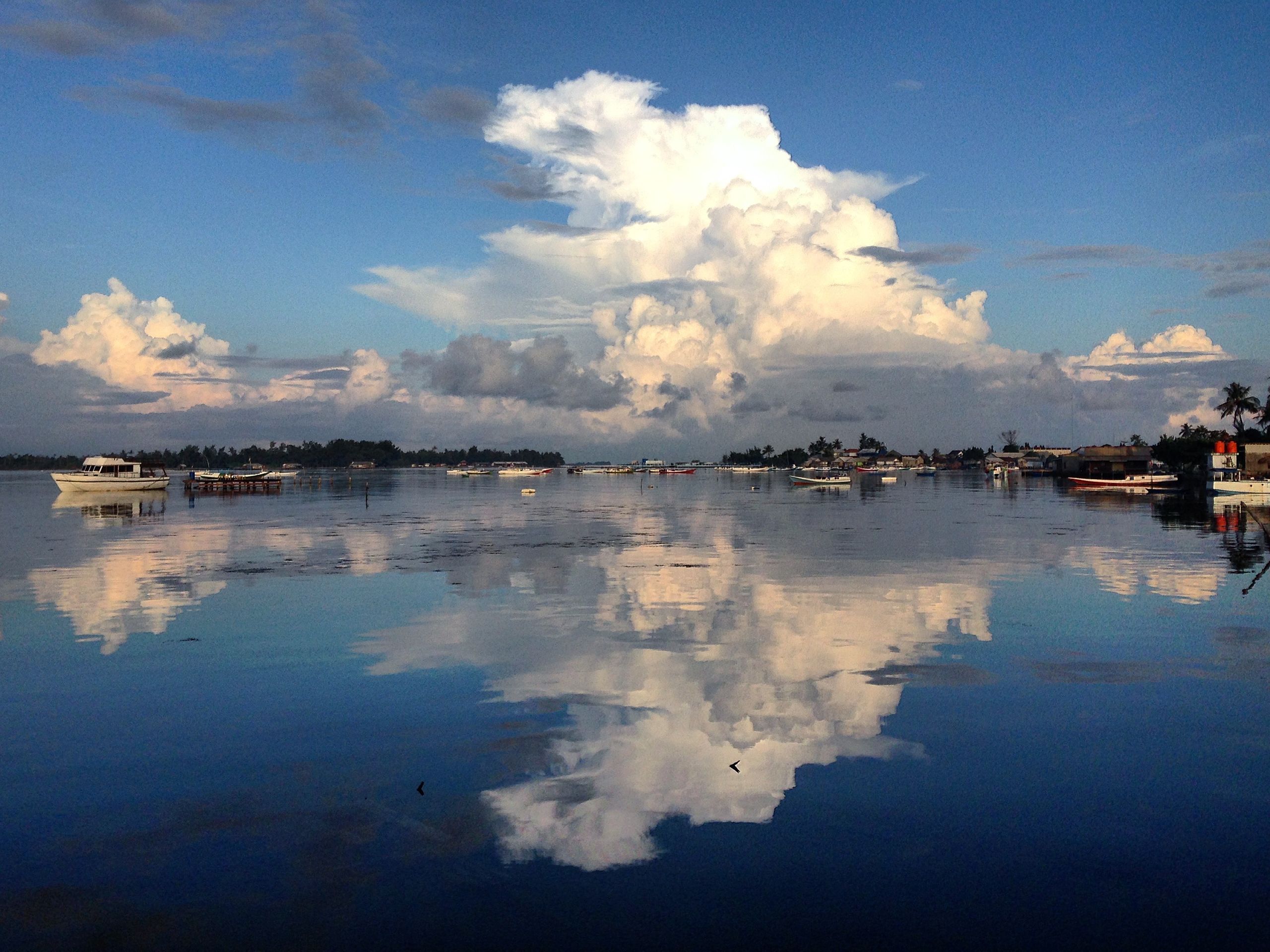Rurrenabaque
Published: 22.10.2024
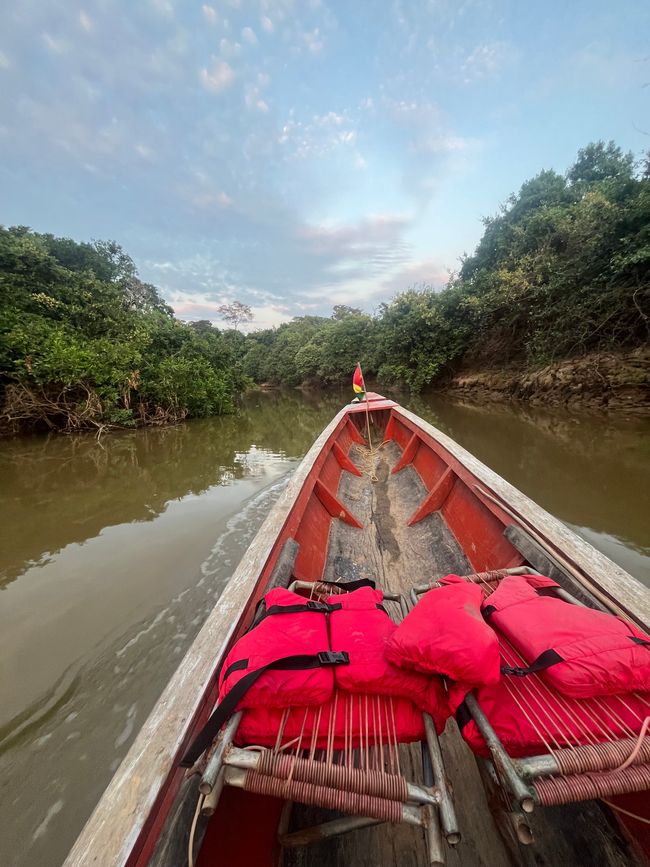
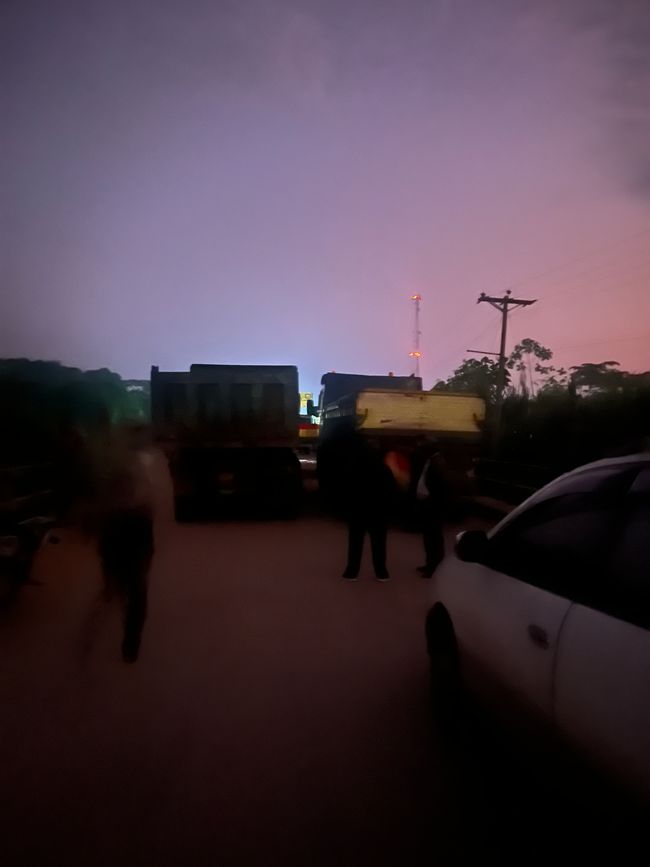
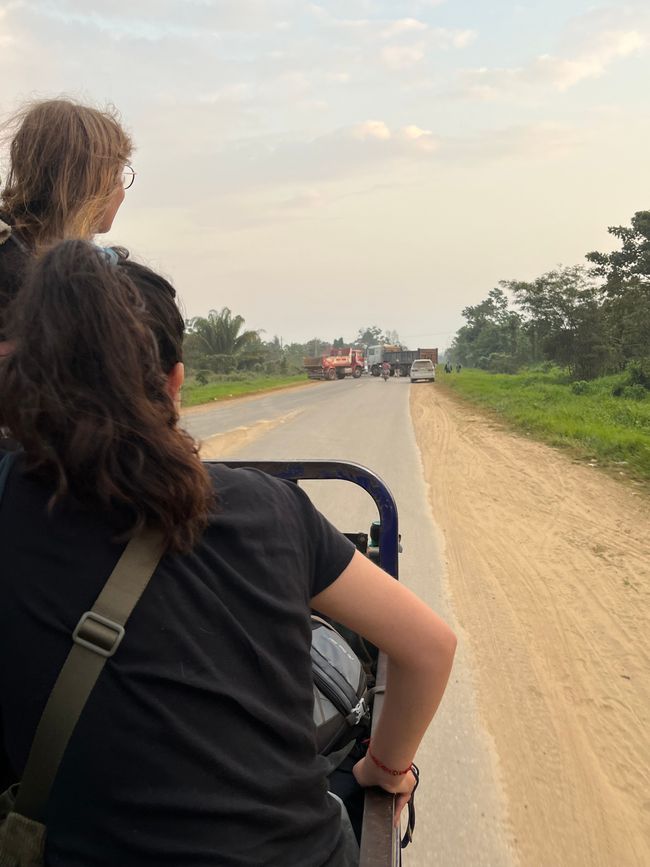
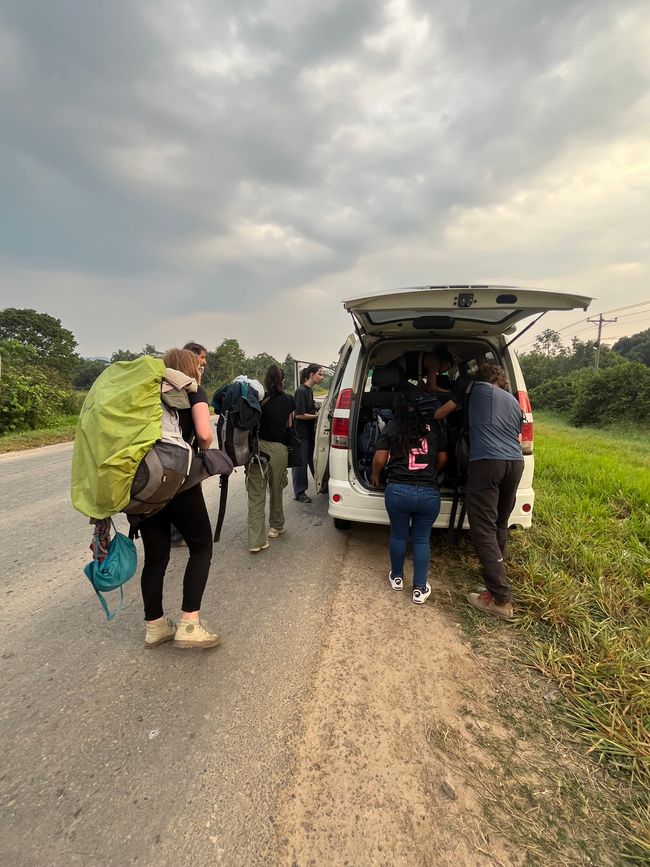
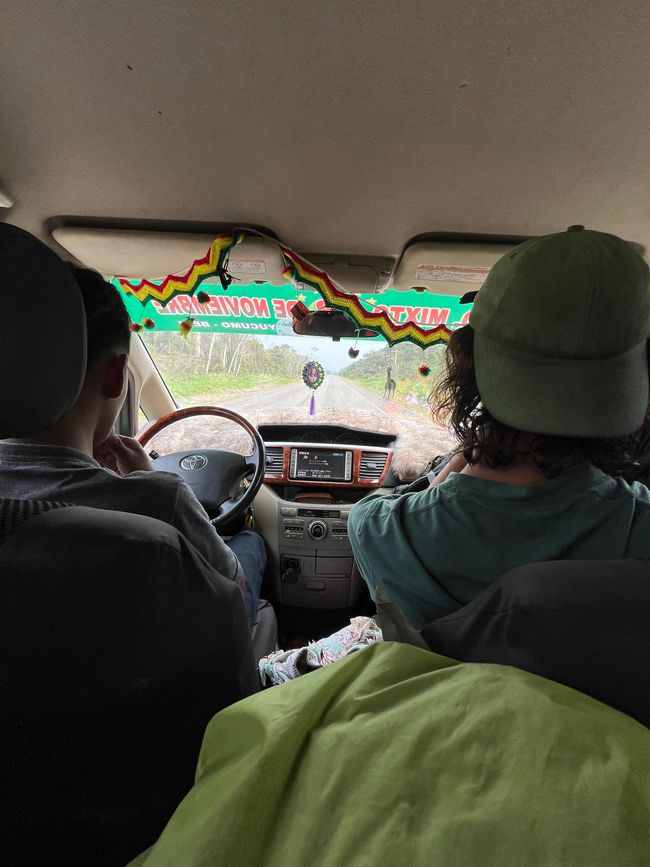
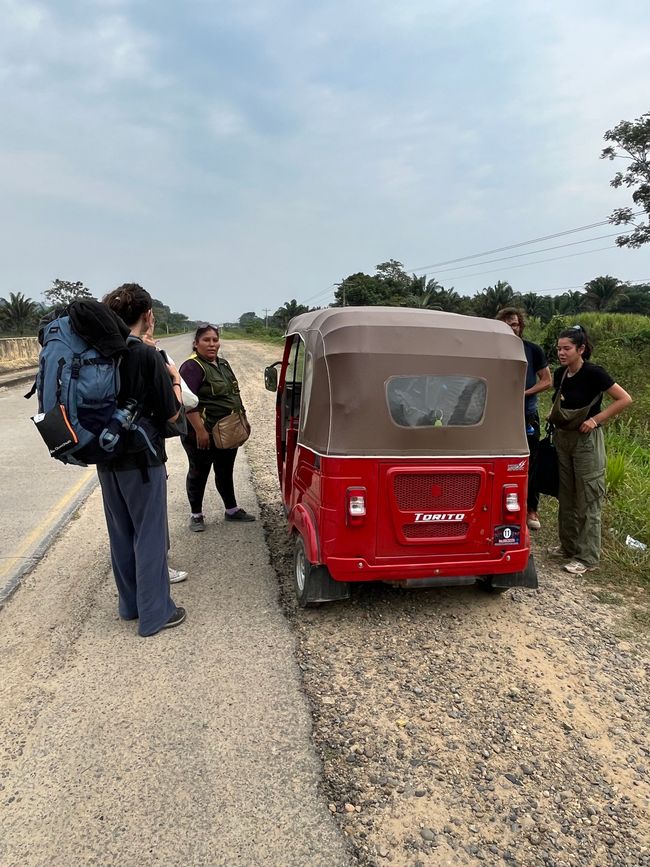
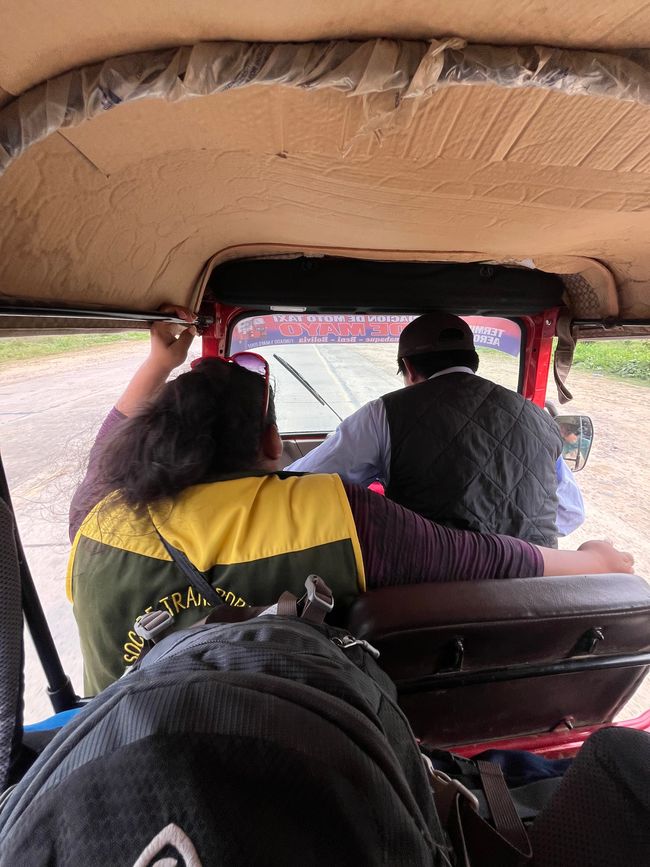

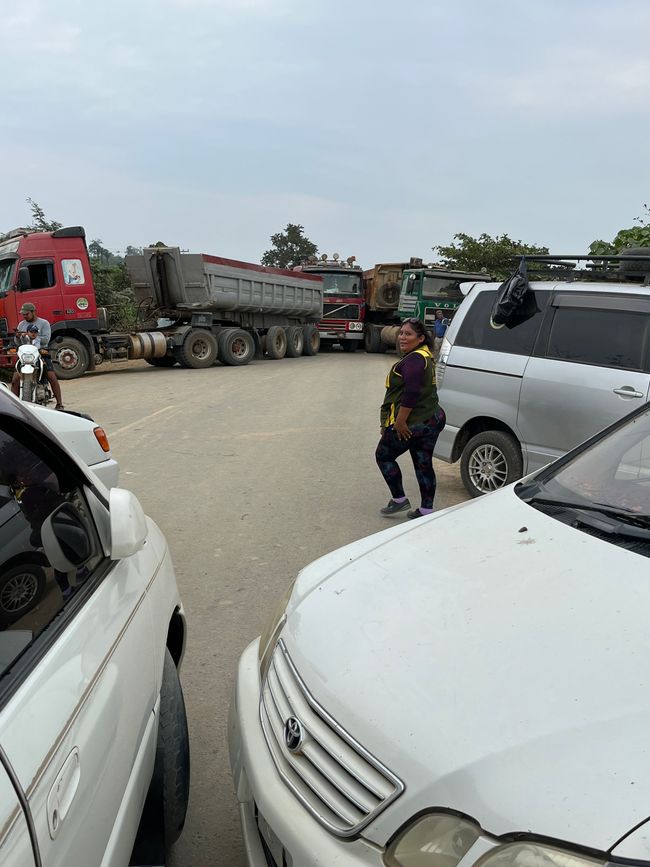
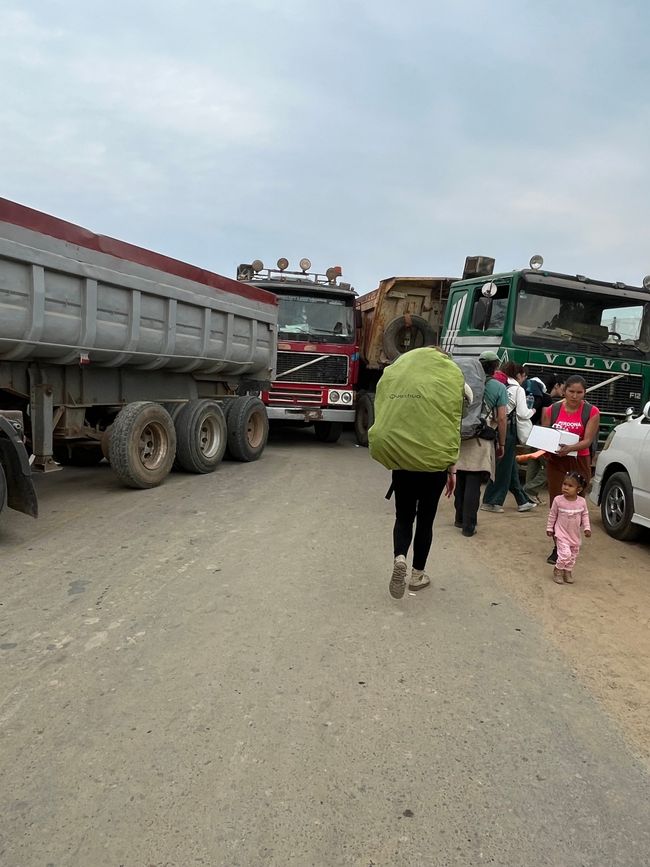
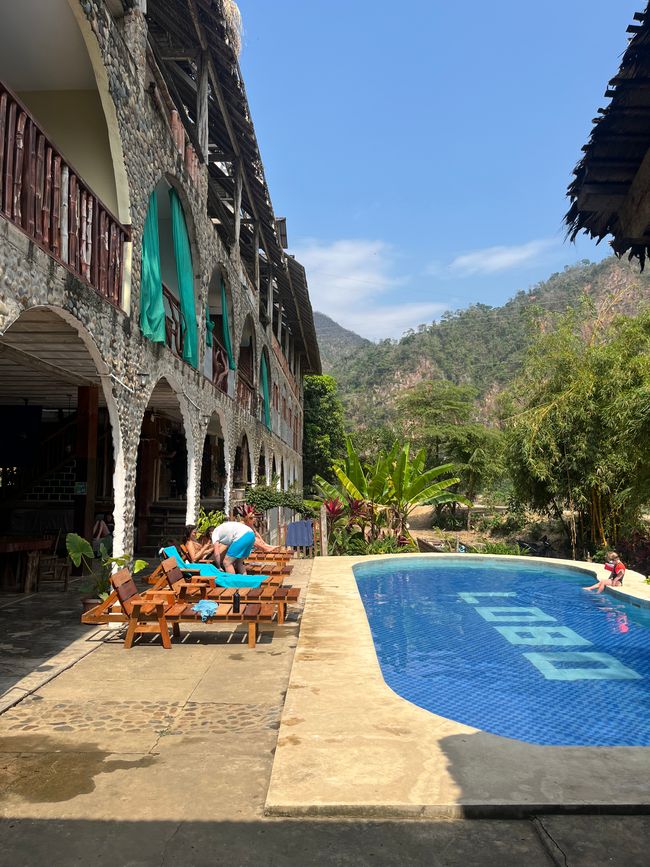
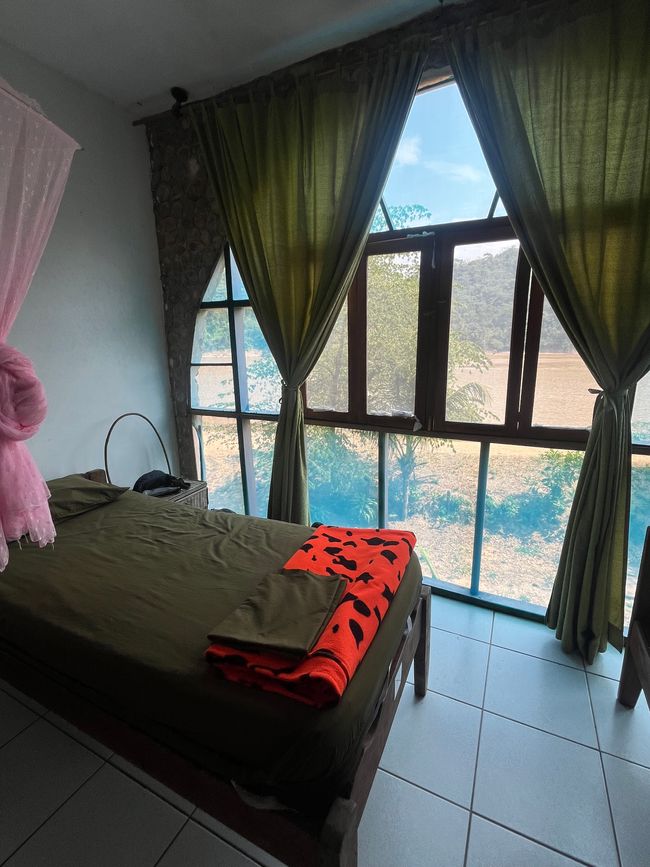
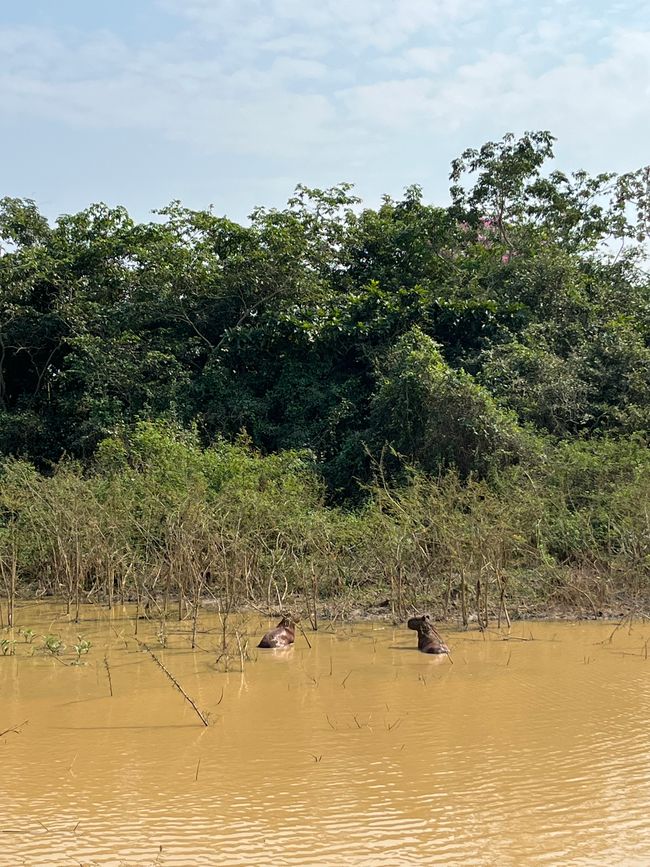
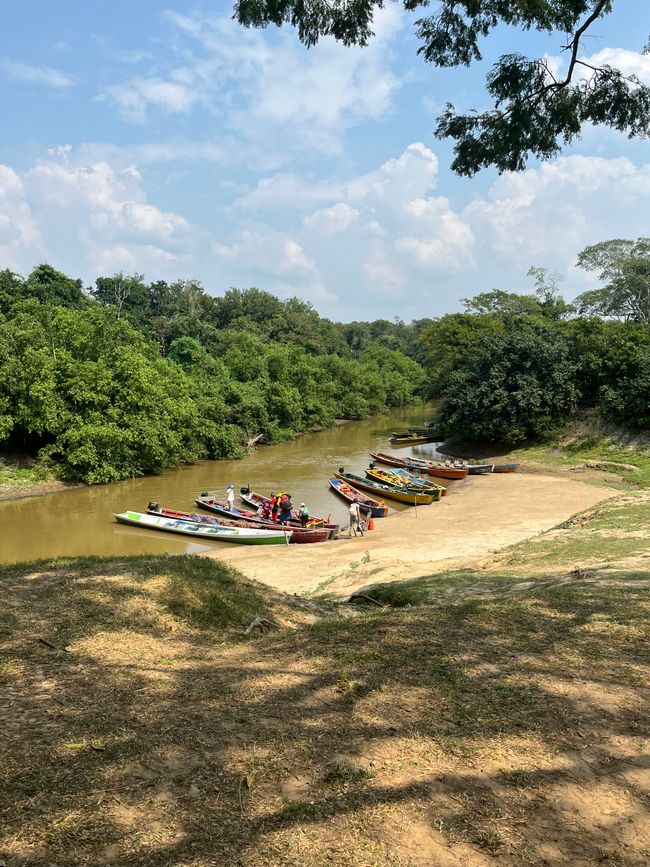
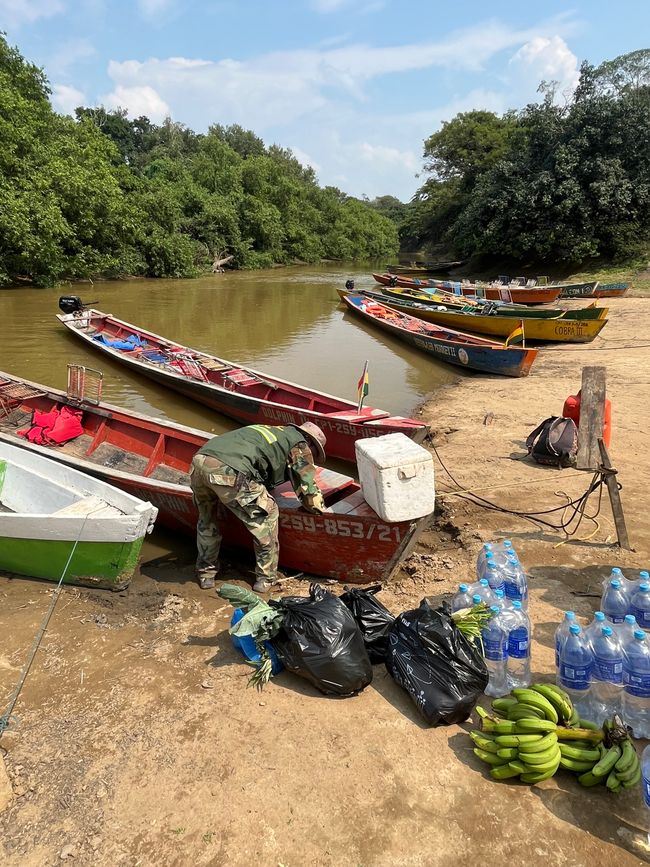
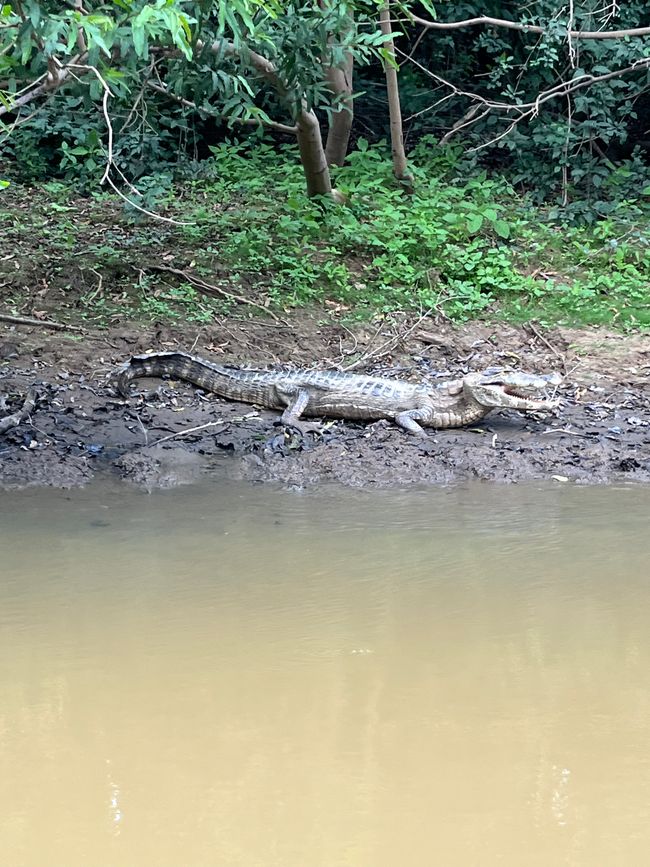
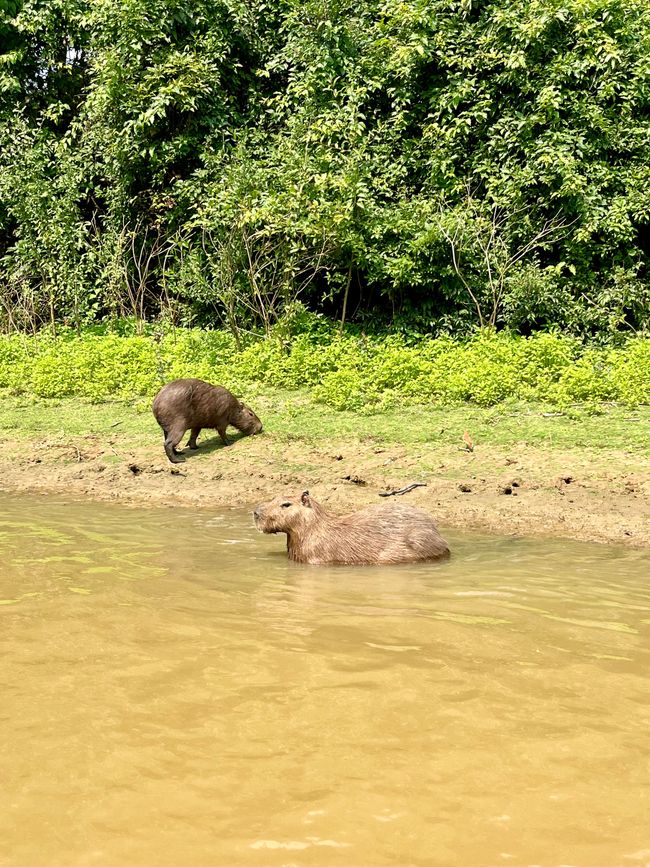

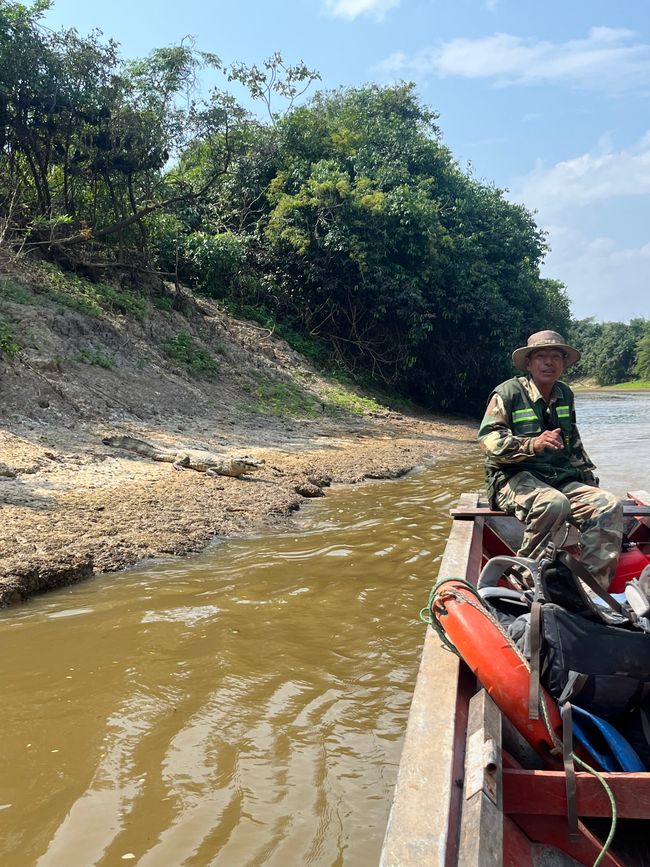
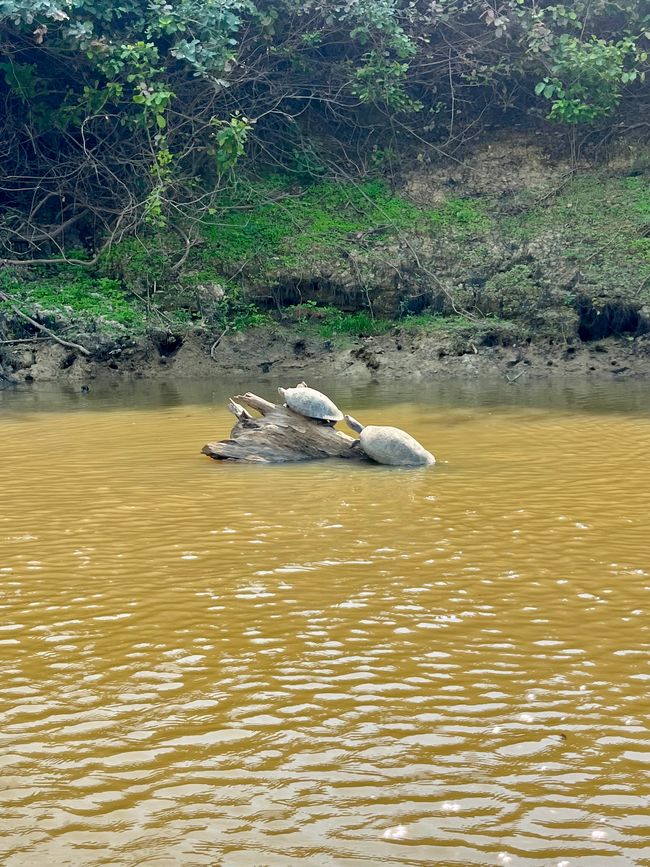
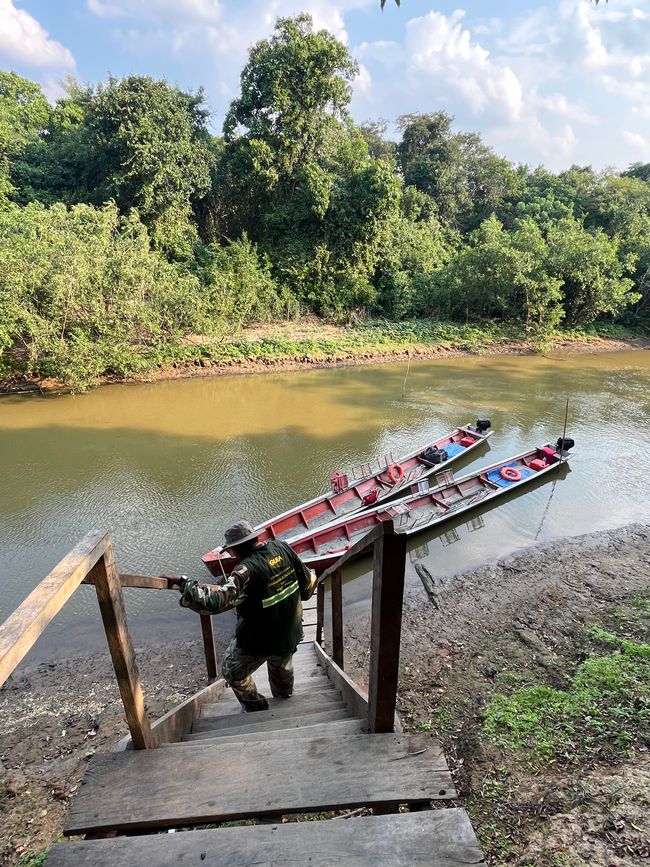
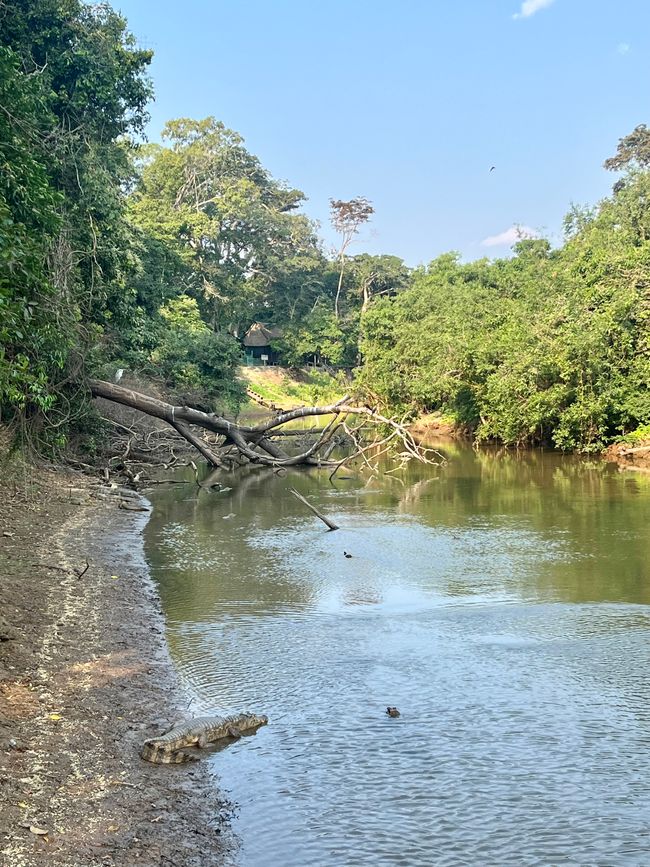
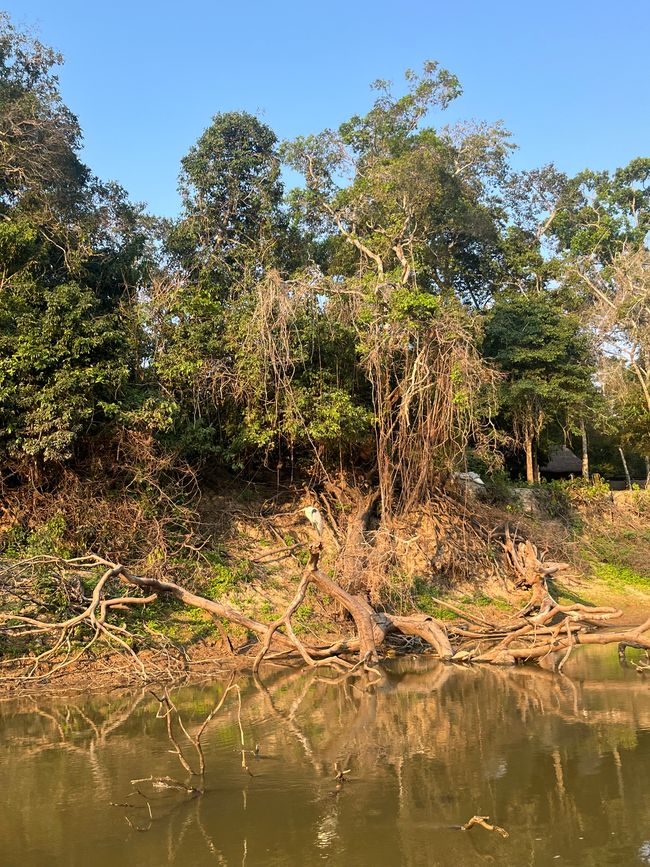
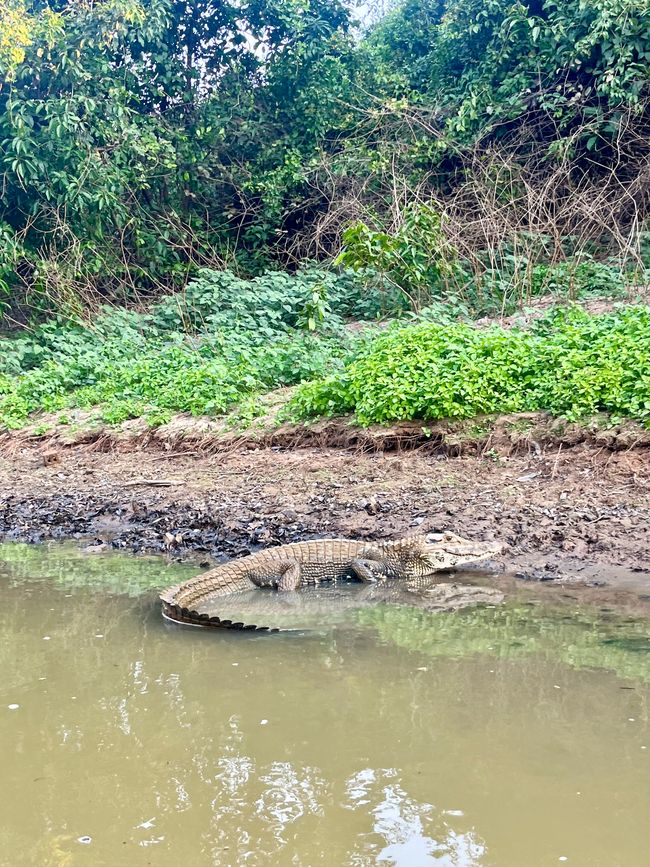
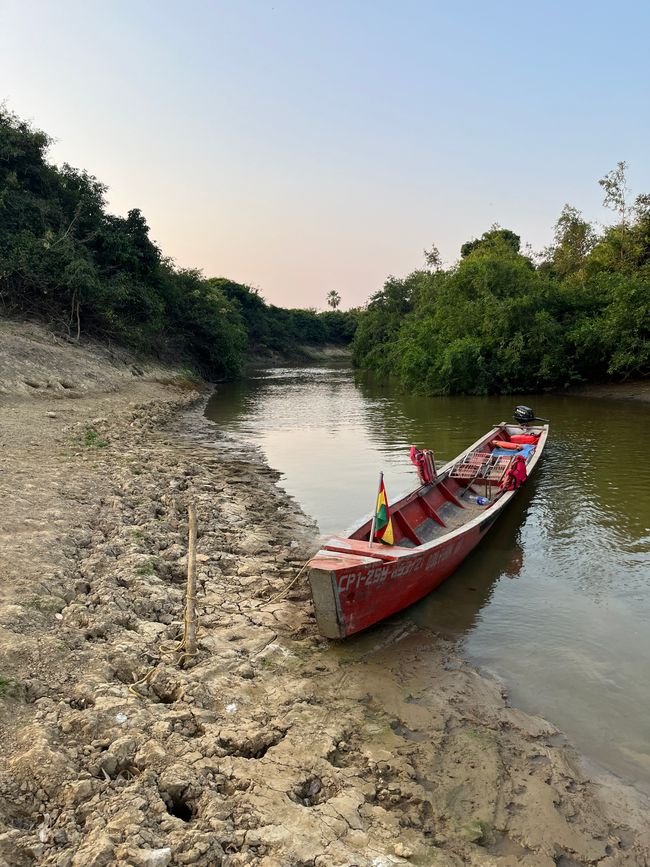

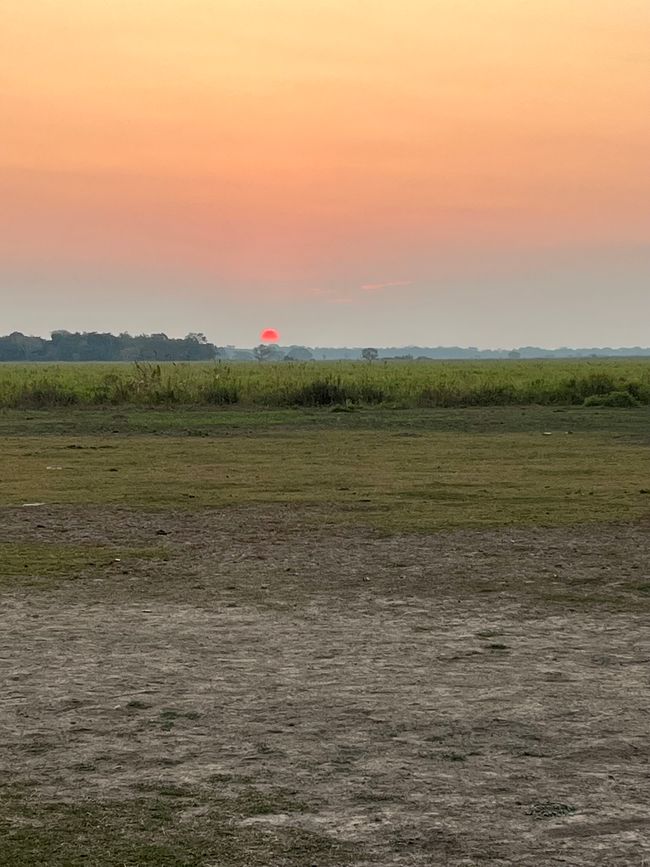
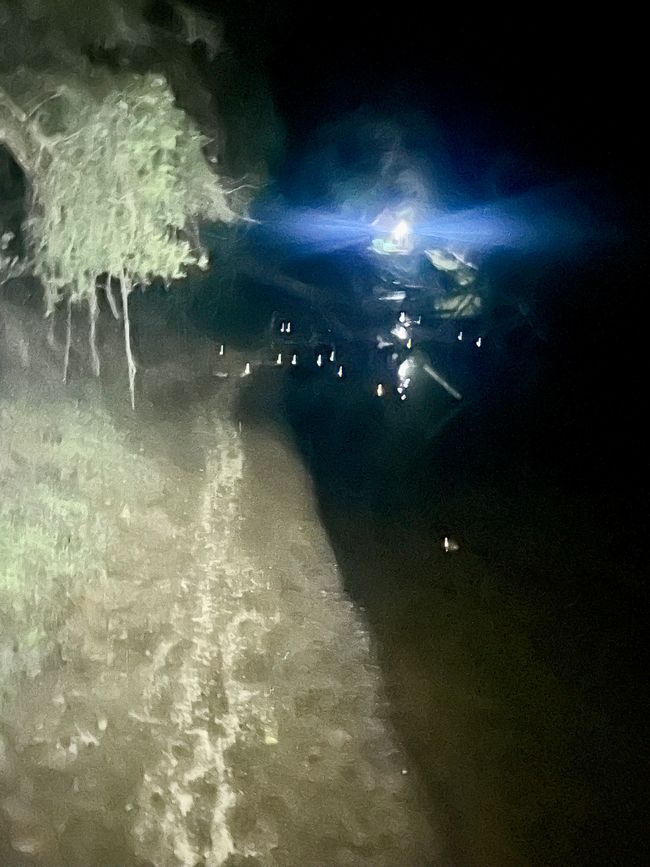
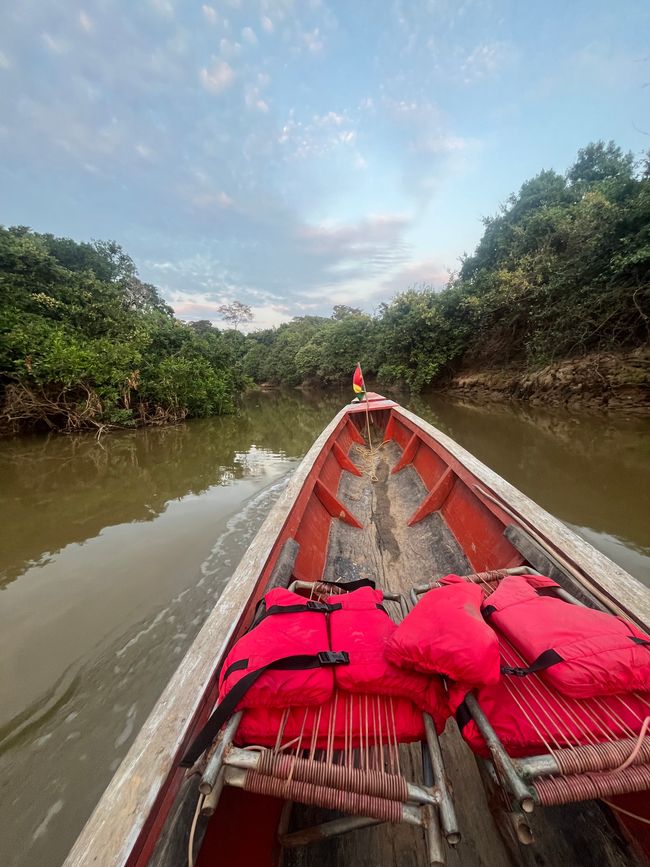
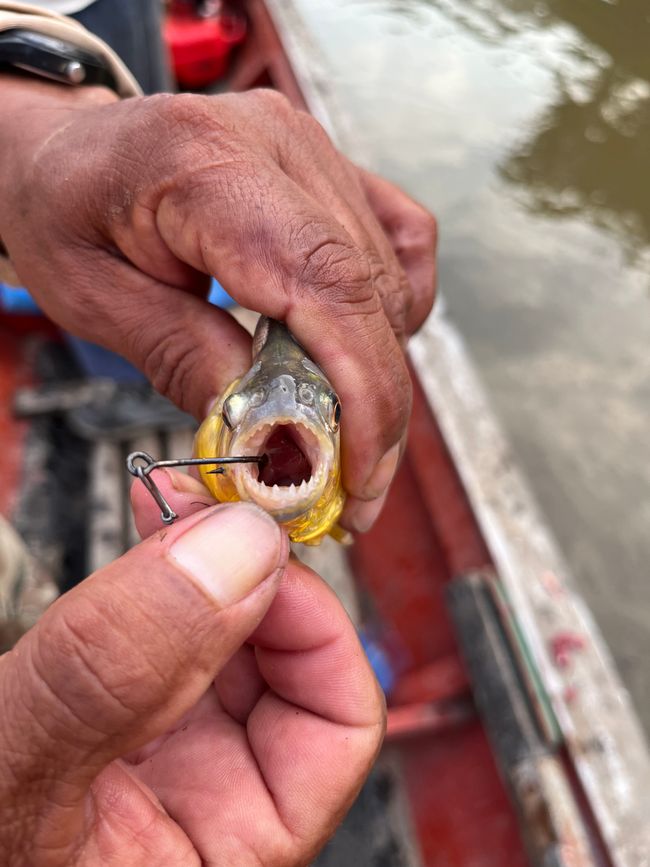
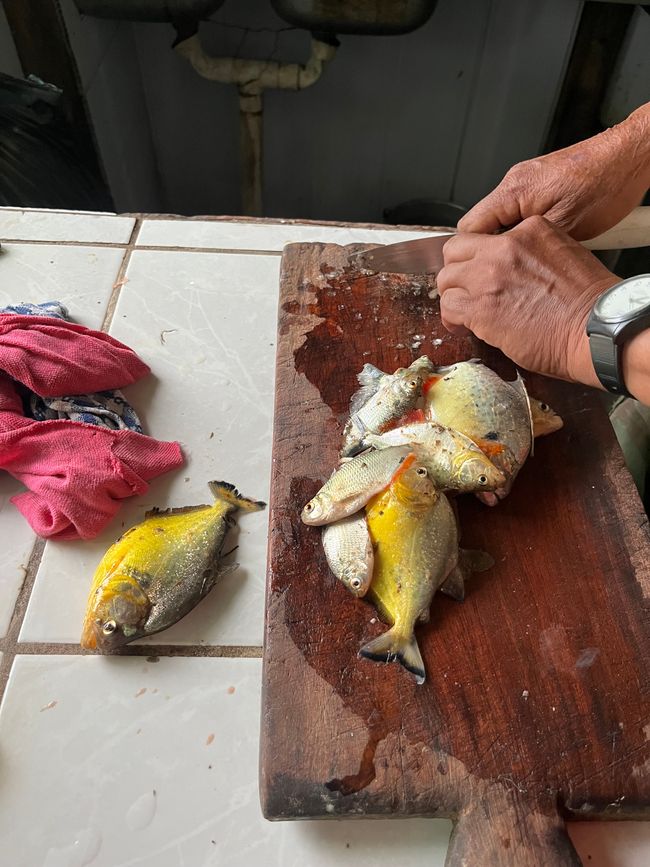
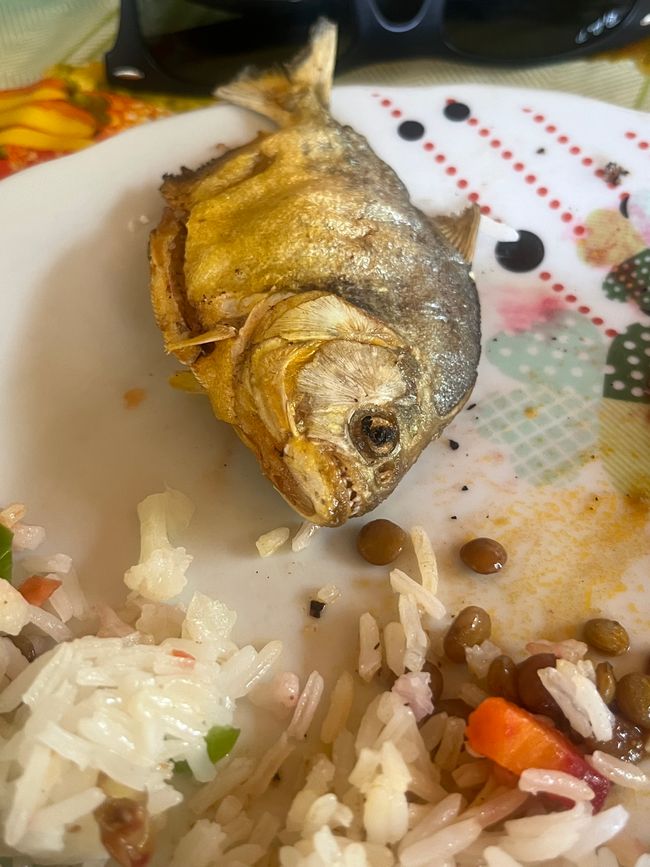
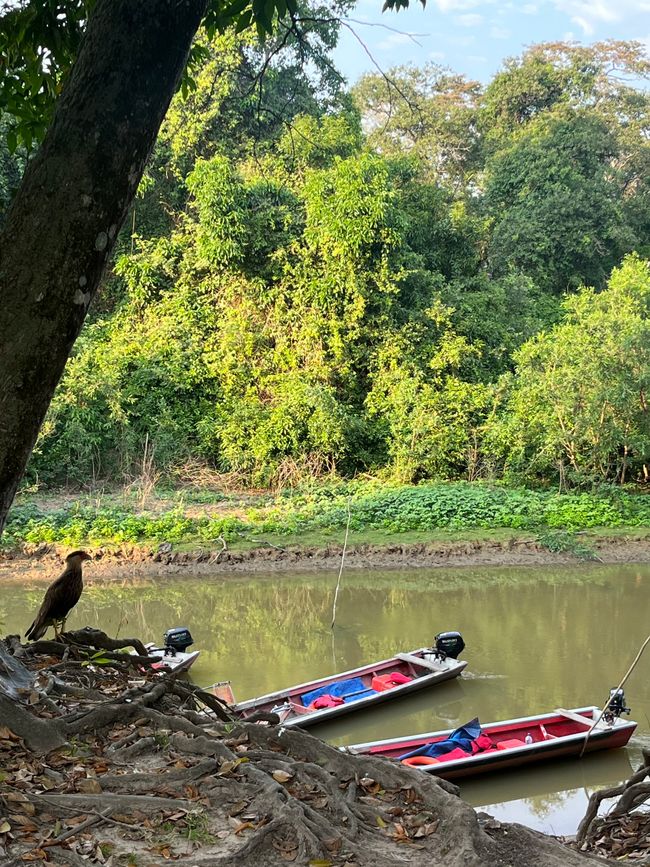
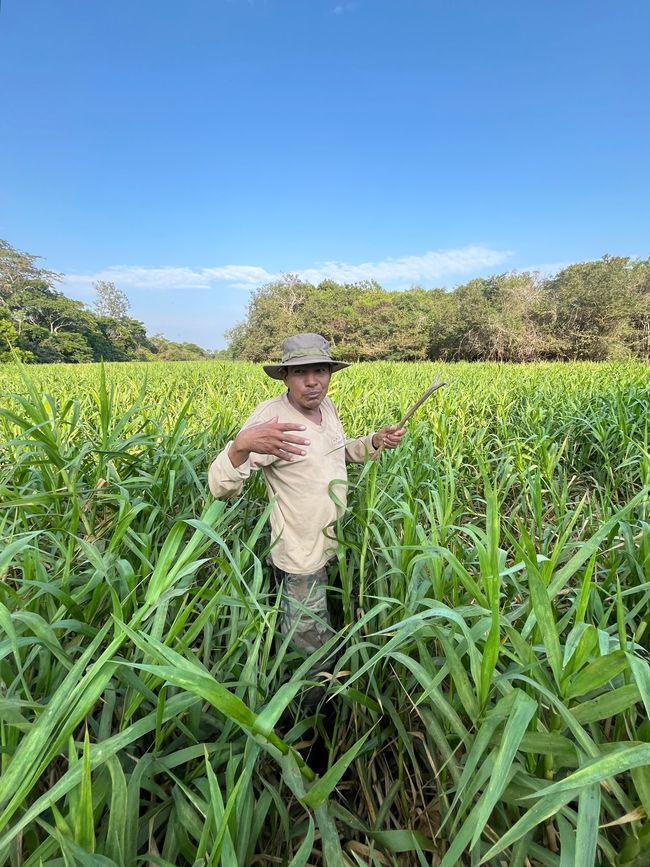
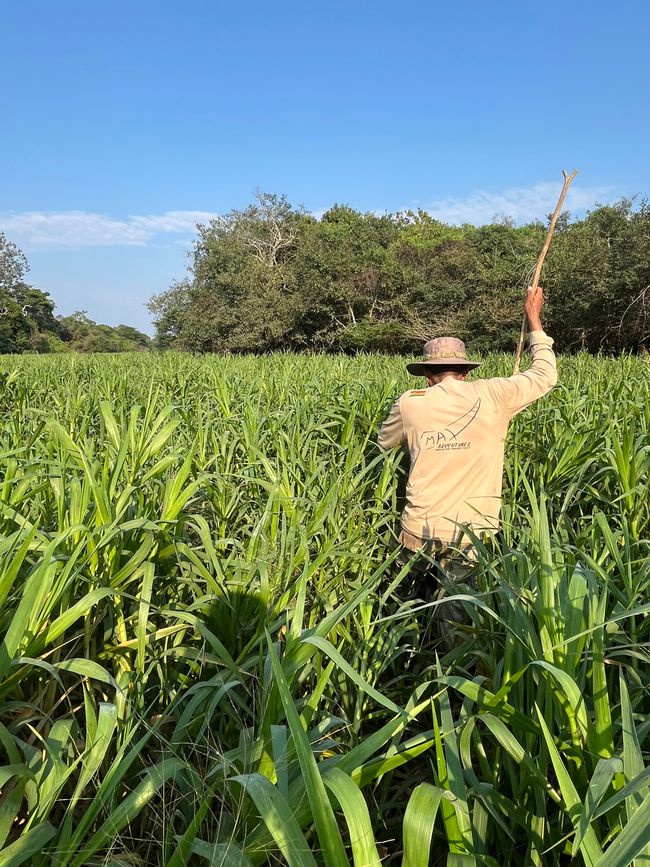
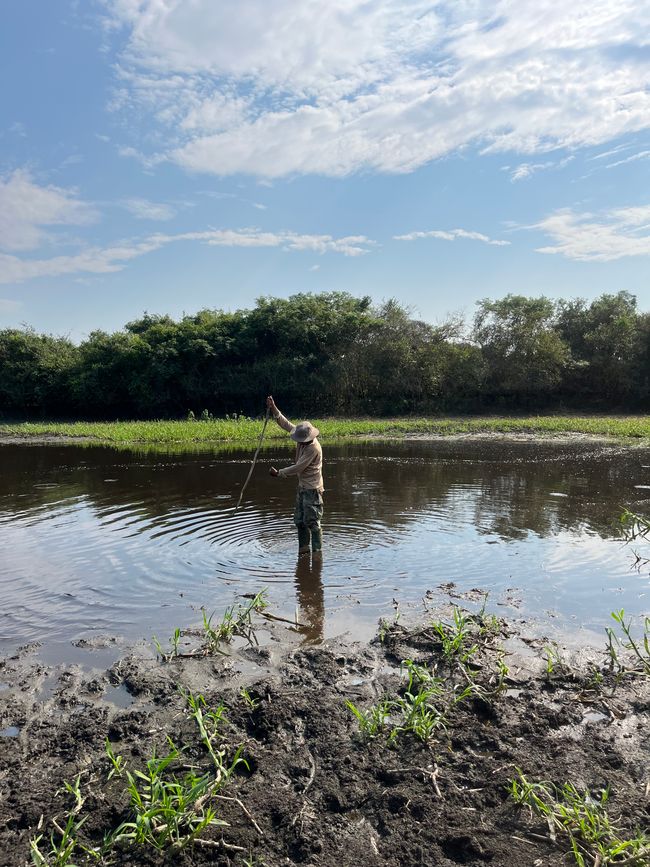
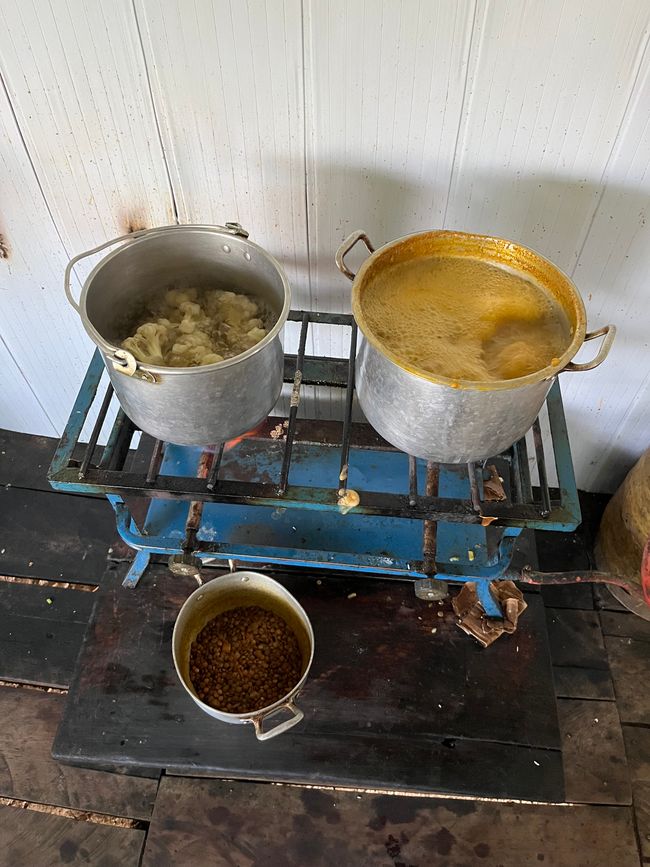
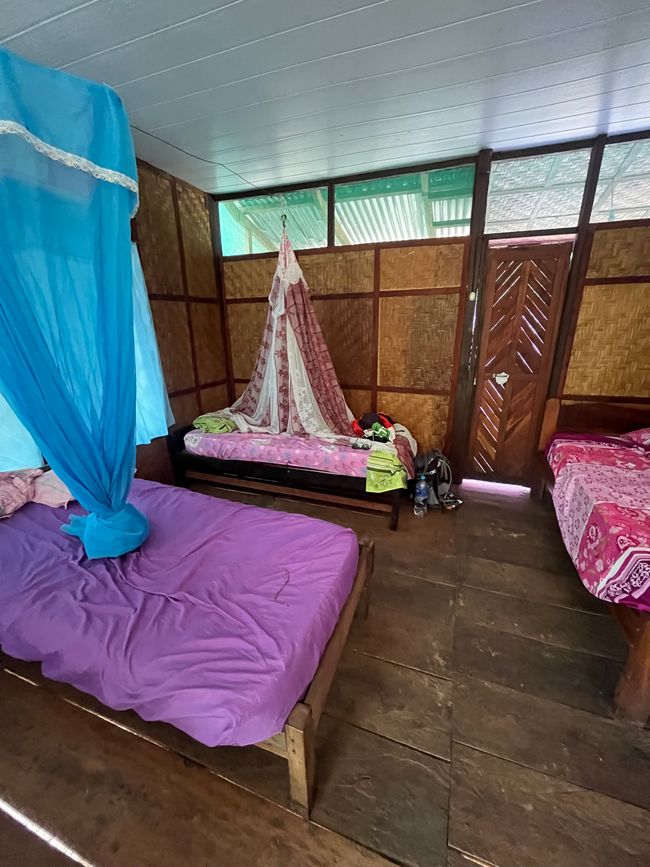
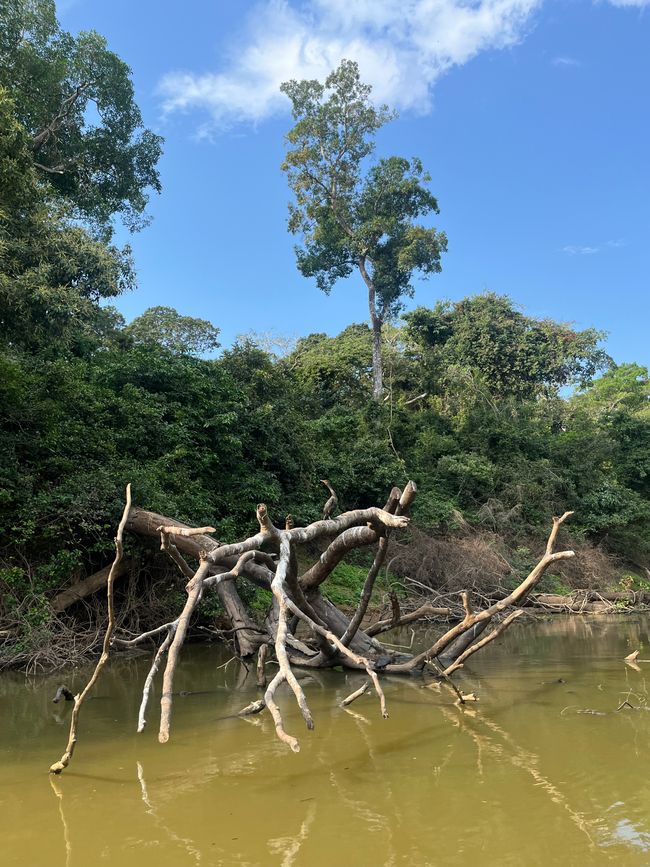
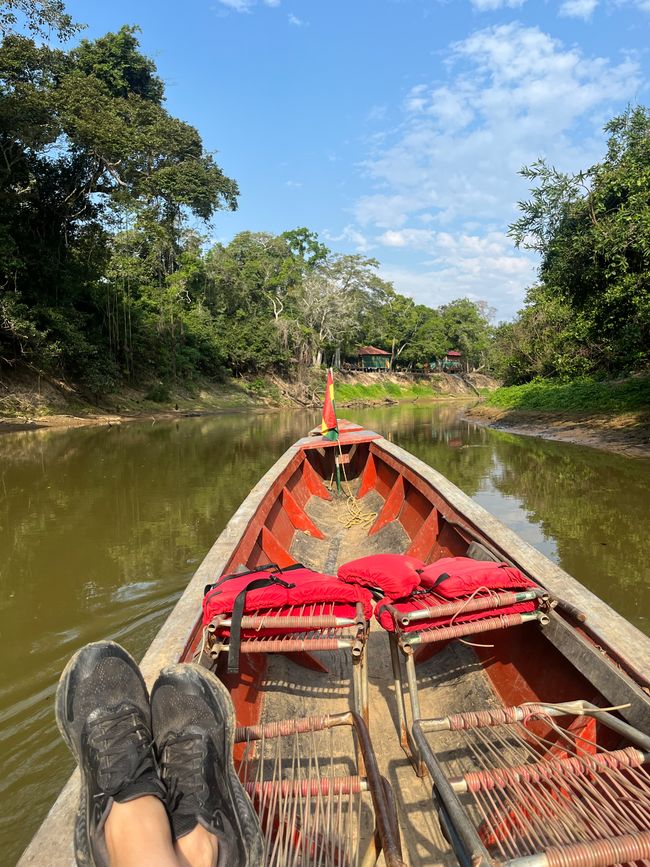
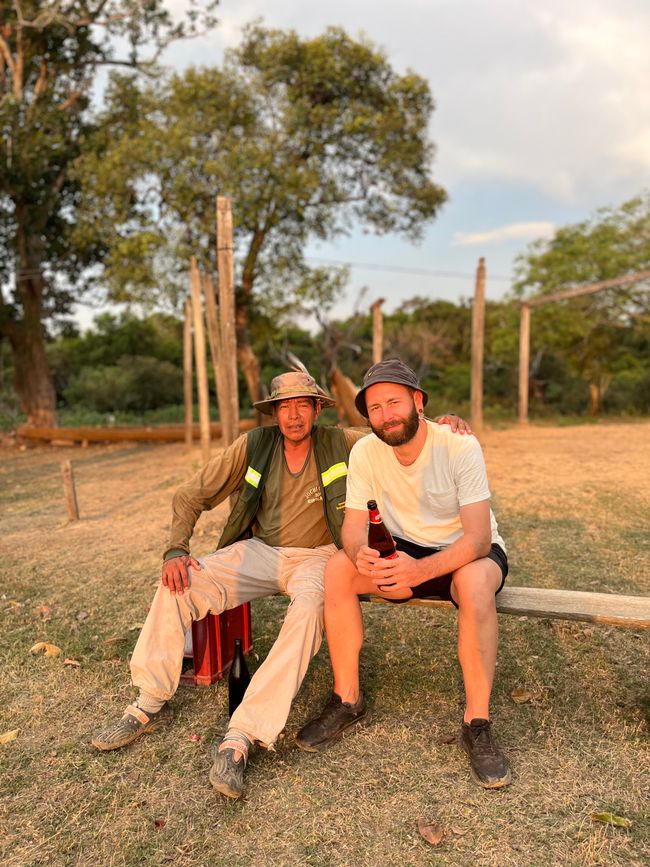
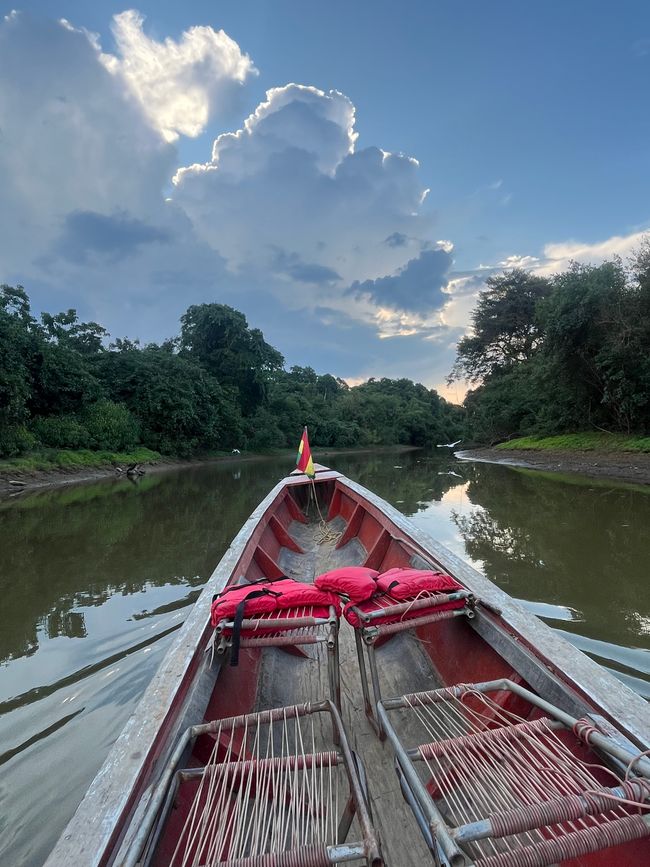
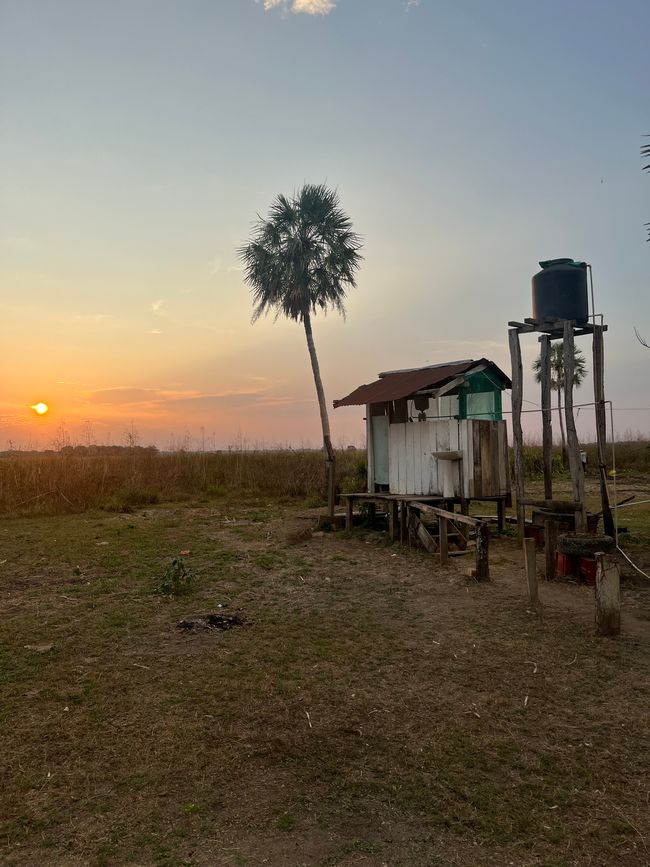
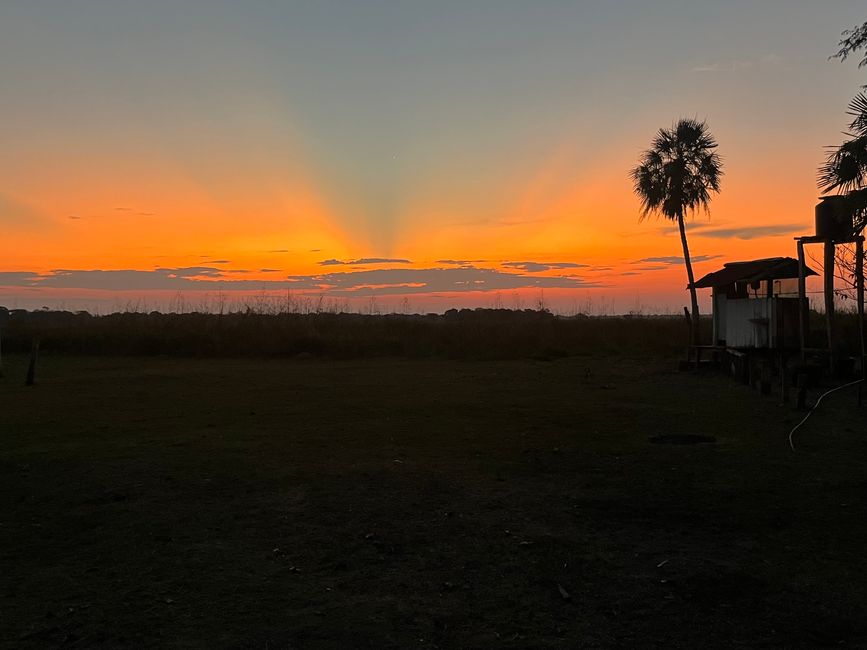
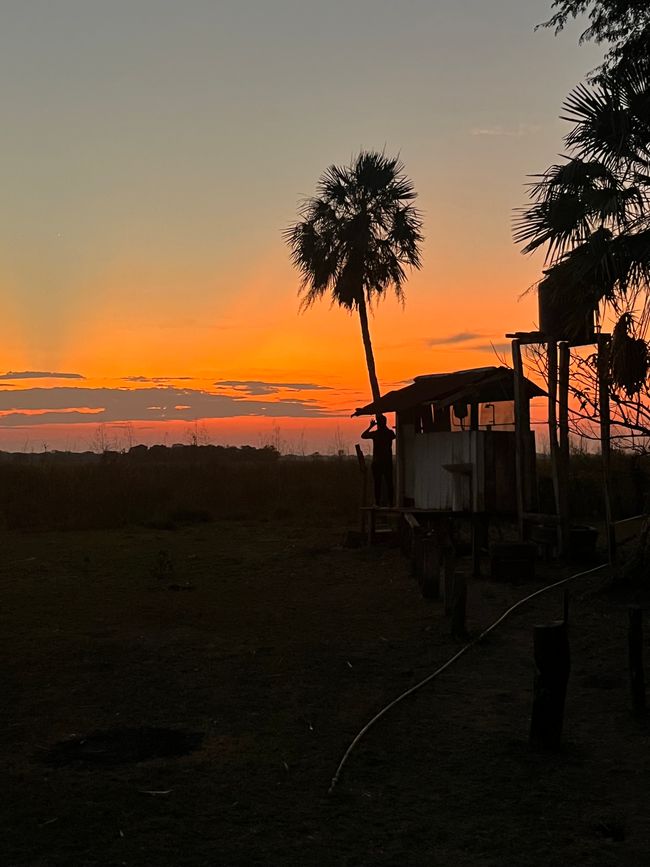
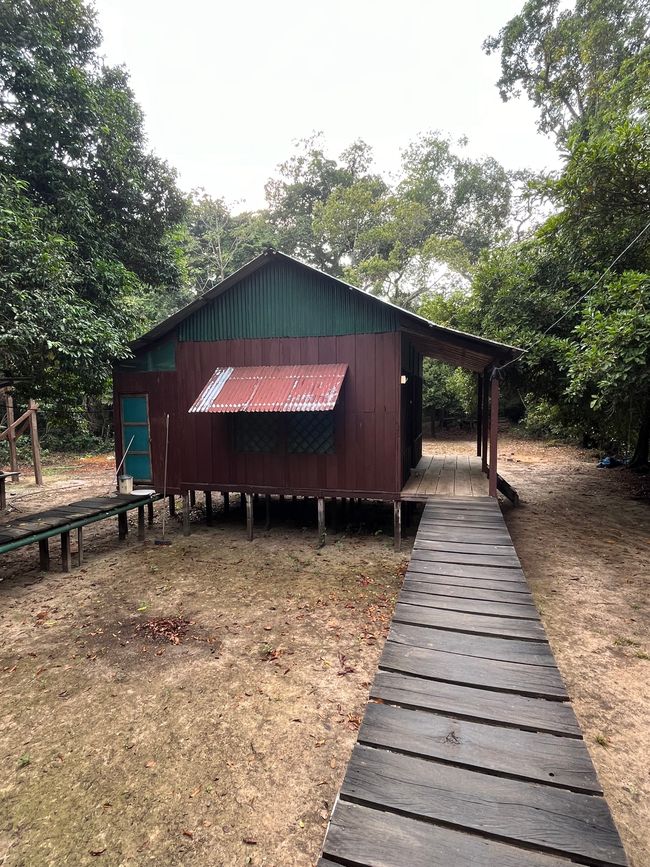
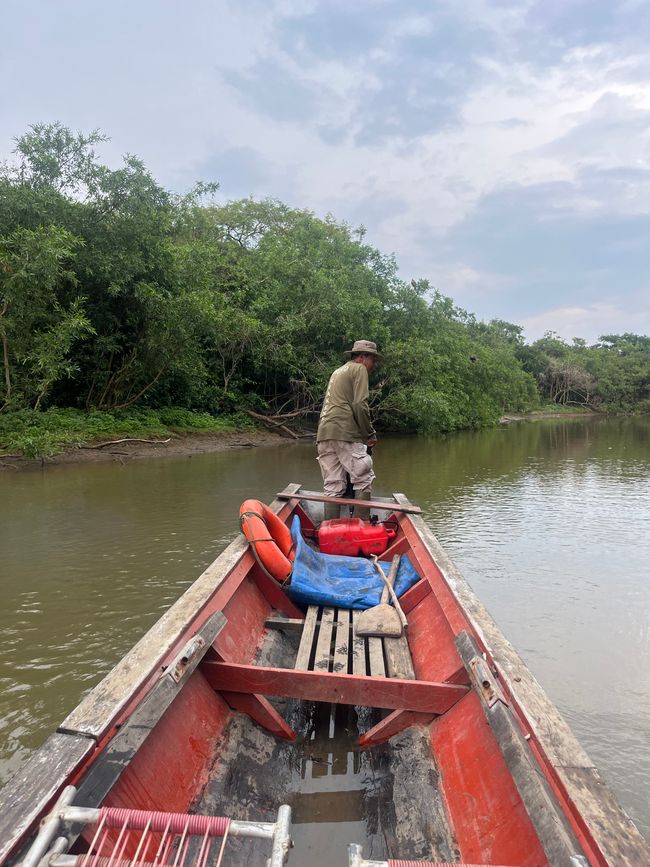
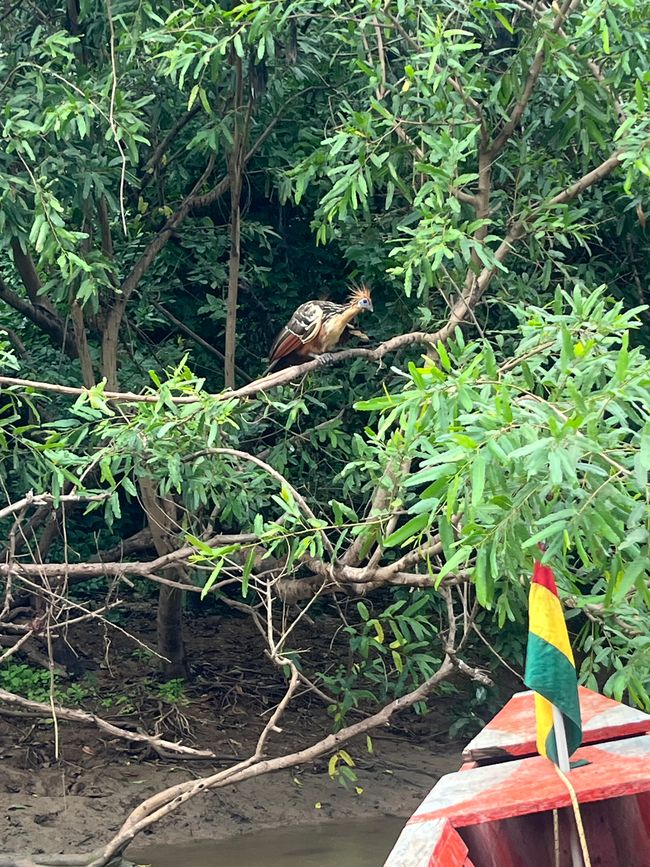
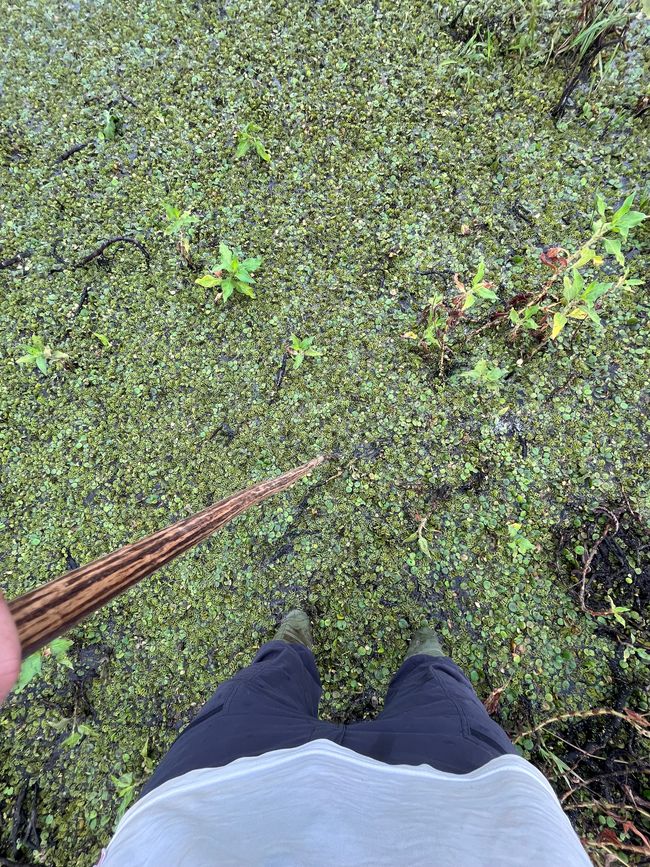
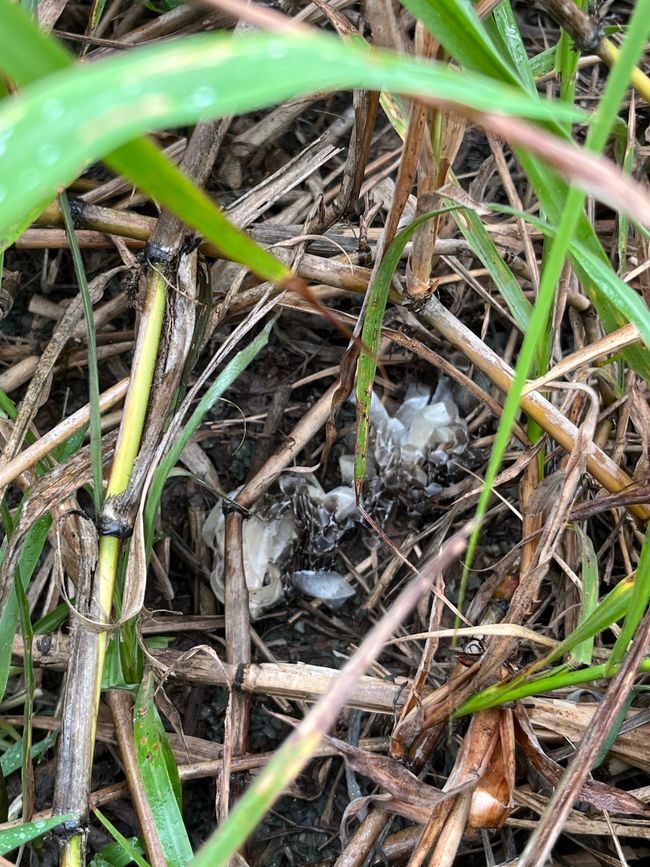
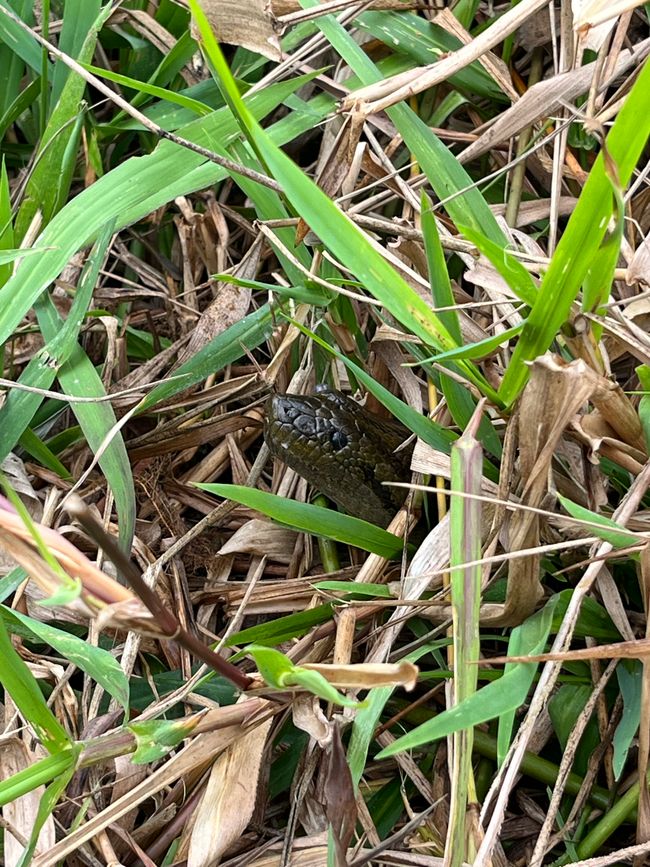
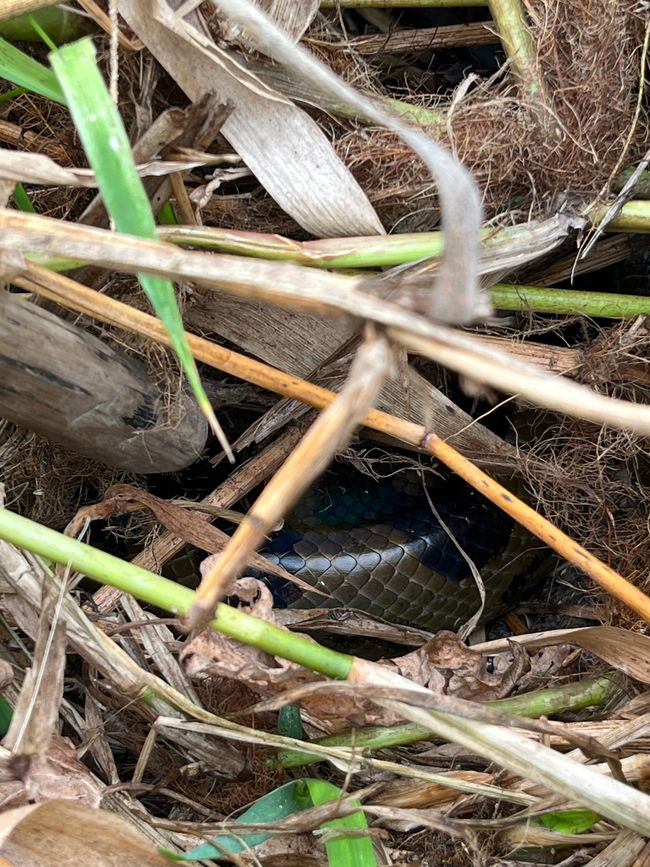
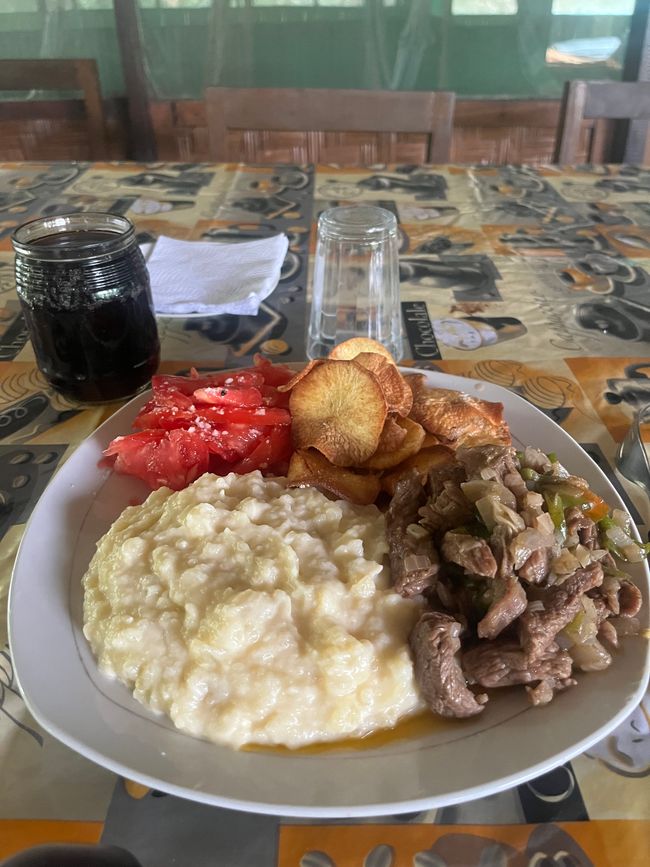

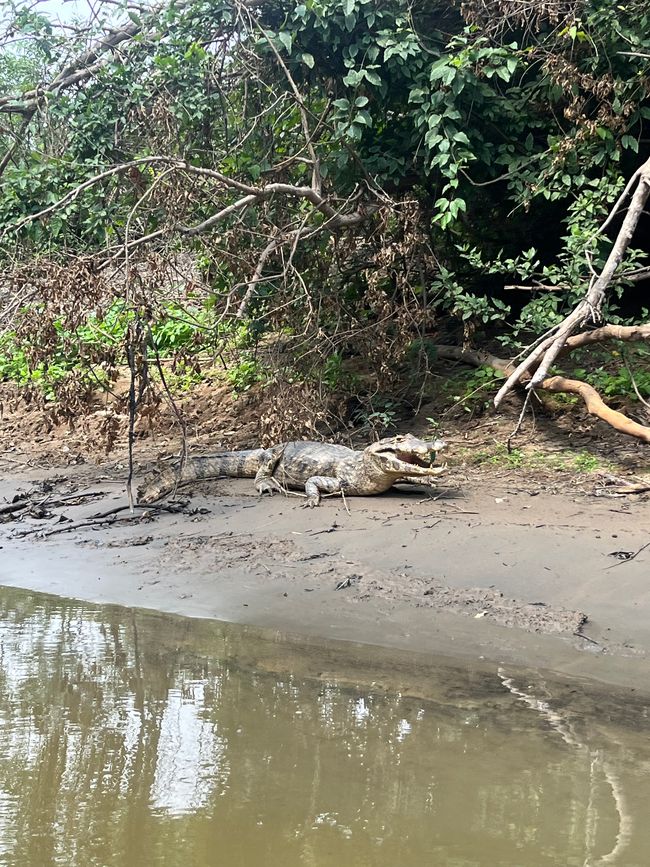
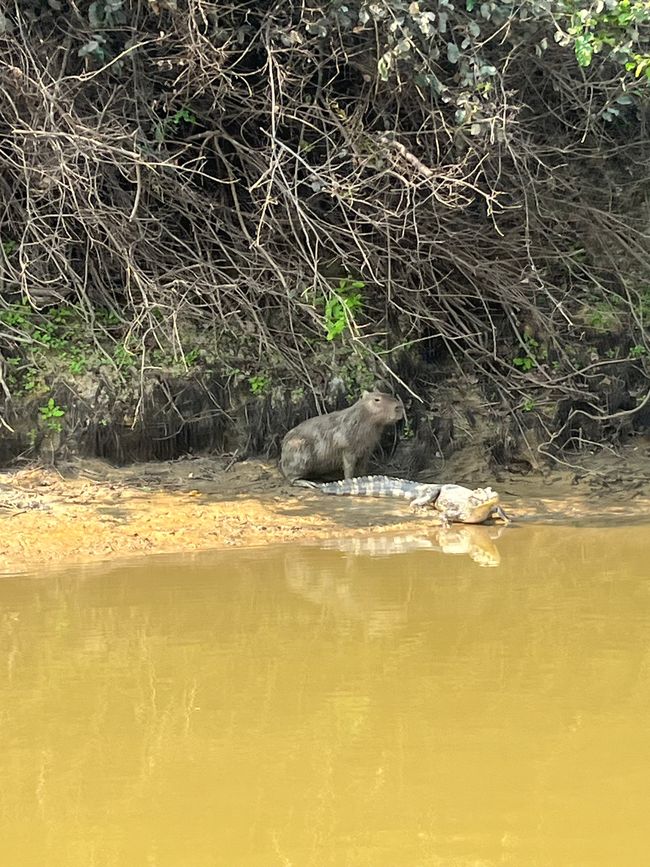
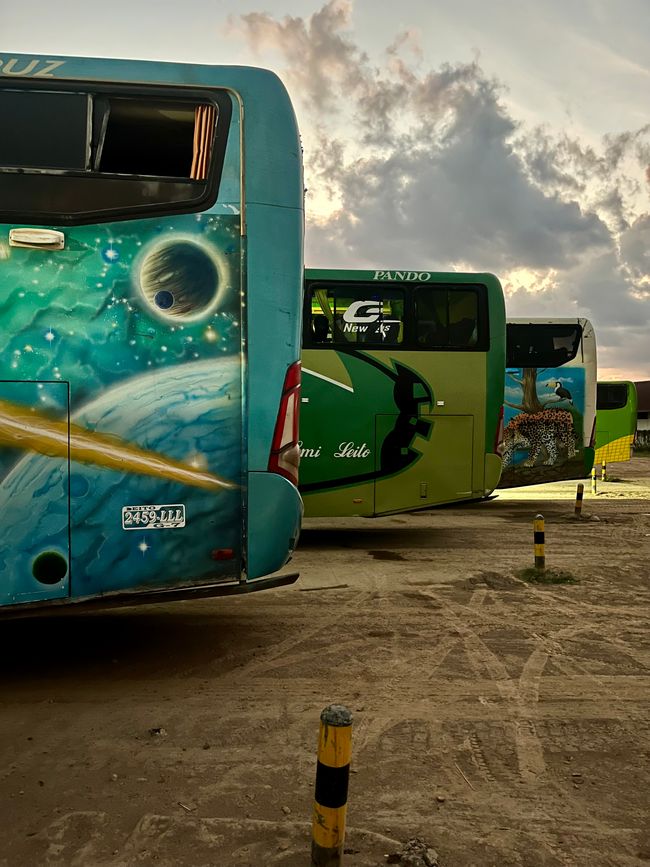
Subscribe to Newsletter
After a week in La Paz, I wanted to realize the plan that was still buzzing in my head and travel back to Potosi for a few days to visit the mines. Logistically, it was absolute madness since I had to take the night bus almost back in the direction of the Chilean border, but once you set your mind to something, it's hard to be dissuaded. At least, that's how it is for me, plus I had time.
Early in the morning, I bought the bus ticket, locked my luggage away at the terminal for the equivalent of 25 cents, and wasted the day in the city. When I arrived at the terminal half an hour before departure and inquired with the company about the departure gate, the lady took my ticket and handed me back the already paid amount. Quite perplexed, I accepted the amount and asked for the reason. Roadblocks in the direction of all major cities in the east and south of the country. And since the route from La Paz to Potosi is one of the main arteries of the country, this route was affected as well. Although the logistics and transport sector had announced a strike in the country, it was supposed to start in a few days, so it was really not relevant for my travel plans. But apparently, plans had changed, and nothing was moving on the connecting roads. The reason for the blockades, a daily occurrence in Bolivia: fuel shortage throughout the country. In the days prior, I had seen long lines at gas stations, cars, trucks, and people with canisters trying to secure the last reserves for themselves. So, it seemed to be a pretty acute problem, and the industry was trying to put pressure on the government with roadblocks. Well, no Potosi for now, but what now? I didn't feel like spending a few more days in La Paz, so Plan B was activated, at least in my mind, because after all, the country was paralyzed by the roadblocks, and I had no idea if any bus would be going anywhere. Plan B was the town of Rurrenabaque, located in the tropical rainforest of Bolivia. From there, various boat tours can be taken to admire the whole diversity of the forest's flora and fauna. At the bus station, I inquired about the situation, and I was assured multiple times by different people that the passage north was not affected by the blockades and that the buses were running smoothly to this part of Bolivia. Perfect! I added another day in the city and in the evening it was the same game again - off to the bus station, which for buses to the north, was located in a different part of La Paz. Just before departure, there was chaos or typical Bolivian normality: the bus for which I had purchased a ticket was already fully booked, so I was assigned to a new bus on site twice and stood around with my backpack like a fool for about 2 hours after the regular departure time. Among various street vendors, stray dogs, and the most bizarre characters, I had time to observe the means of transport, and after a brief inspection, I understood why several locals had told me on my journey that the buses to and from Rurrenabaque were the worst in all of Bolivia. Although the poor technical condition of the vehicles in this country was nothing new to me, I was nonetheless briefly astonished by the magnitude of the deficiencies. Tires completely worn, smashed windows, missing headlights, and deep scratches all over the bus's exterior. Perfect conditions for a relaxing bus ride. When it then went at high speed over the finest gravel roads, you could basically only close your eyes and hope it somehow goes well. It worked again – at least until somewhere in the middle of the night. For unknown reasons, the bus stopped in the pitch-black landscape, and nothing was moving. After a short wait, I wondered why some people were leaving the bus before news spread: roadblock. Oh interesting, and yet the bus company staff in La Paz all agreed that there was no problem in that direction. Classic misjudgment - haha. And what now? First, I got off the bus, checked the situation, and made a plan. It was shortly after 4 a.m., and we stood with a larger number of other vehicles in the middle of nowhere, still over 100 km away from the actual destination at a roadblock. A portion of the passengers started moving and walked along the road in the driving direction. So, I followed the locals and spotted two more gringos ahead of me, who also seemed to have Rurrenabaque as their destination. The couple was from France, and the three of us marched through the night. After about an hour, we reached a small village that had a few shops and vehicles. It was around 6 a.m. by then, and the small place was coming to life. The only problem was that there were no people who wanted to take us further towards our destination for a fee, as all transport and taxi companies were also participating in the strike and blockades. Good, somewhat logical, but of course not optimal for us. In the village, we met another four French people, three girls and a guy, who had also been stranded at the blockade and had all coincidentally met here. Quite the funny coincidence. One of the French guys spotted a local in the distance on some sort of tricycle with a loading area. Interesting! And practical! So, we chatted with him, explained our situation, and for the equivalent of 1.20 euros, we continued on the loading area of this unusual vehicle in the direction of our goal. Unfortunately, the ride didn't last long, as after about 15 minutes, we stood at the next blockade. And the Bolivians don't mess around here. Blockade means no passage anymore; even for mopeds and bicycles, it's nearly impossible as the roads are so blocked with trucks and cars that it's just possible for pedestrians to pass through. So, we passed the blockade and walked for what felt like an eternity until we stopped a larger van. The lady in the vehicle was very friendly and said that normally she could drive us to Rurrenabaque without problems, but not during the strike, as she was joining and needed to be at the blockade shortly. However, she had an idea and invited us to get in. We drove a bit back to her house and she suggested that her son could take us. We quickly negotiated a price, waited until the son, who was actually 15 years old (I have no idea how that works here with driving licenses), dropped off the mother at the blockade, and continued the journey. A curious scene for sure: Bolivian rap on the radio and a 15-year-old driving six French people and a German on a country road through the jungle. But the young man did excellently, and after about 1.5 hours, we arrived at the next blockade. As mentioned earlier, the Bolivians don't mess around here, and we had to walk on foot to the other side of the barrier and then switch vehicles. The last vehicle was a classic tuk-tuk, and the group split into two of these rickshaws. Shortly after 10 a.m., we finally arrived in Rurrenabaque and were pleased that despite all the excitement, we had reached our goal relatively relaxed. Then a shared breakfast, and off to the hostel. Surprised by this very beautiful place, I settled into my four-bed room and admired the view. Located right by the Beni River, only a wooden structure with screens separated the room from nature. Really beautiful, plus relaxed people and a pool where one can end the day with a cold beer. Or something like that, it was only noon. There was beer anyway, and for the rest of the day we played cards, chatted about everything possible, and did absolutely nothing productive. I repeated the same the following day and especially enjoyed the comfortable situation of no longer hanging around at an altitude of nearly 4,000 m. You could noticeably feel the extra oxygen in the air and the connected energy that overwhelmed you. Full of enthusiasm, I booked a 3-day tour in the Pampas of the Beni River and was excited about what was in store for me. In the morning of the third day, off we went in the car with three more French people (surprising) towards the Beni River. Along the way, we stopped several times at the roadside and observed capybaras in the swampy landscape who were evidently enjoying their existence and indulging in strenuous activities like bathing, swimming, and lounging in the shade. Quite charming creatures, and their relaxed nature fits perfectly on this continent. For me, it was also the first time on this trip that I was able to observe capybaras. After a while, we stopped in a village and were served a decent lunch in a sort of guesthouse. The business was firmly in family hands; the father lounged in the shade, the mother cooked the truly excellent meal, and the perhaps 10-year-old son served the dishes in fine attire. Seems to be quite normal around here. After the sustenance, we traveled a little further until we finally reached the river bank, where together with our guide Juan Carlos, we loaded the supplies for the next few days into the boat. The wooden kayak finally set off, and with a slightly chugging motor, we sailed down the river. Just after a few minutes, we could observe who rules this area on the banks - every few meters there were crocodiles, caimans, or alligators lying in the sun and letting the sun shine on their scaly skin. Quite a bizarre scenery in which we found ourselves, among the rulers of the pampas were various birds, hundreds of turtles, monkeys in the trees, and capybaras scattered around that seemed unfazed by the presence of the predators. This continued for over three hours down the river, and the view roamed all around. Quite exotic creatures were to be discovered along the way. And in the meantime, the surroundings radiated a pleasant tranquility. A stark and necessary contrast to the chaos of the big city. Finally, we reached the camp in the late afternoon and settled into our basic accommodation. There was a communal room and three huts with beds and hammocks, all made entirely of wood and built on stilts. This was probably necessary given the greedy roommates, and the knowledge that crocodiles are poor climbers was quite reassuring. After that, we went a little further with the boat to observe the beautiful sunset in the middle of the pampas. A wonderful scene and the peace that came with it - a place to feel good. On the return journey in the dark, the eyes of the reptiles reflected in the light of our flashlights, shining everywhere like buttons, making you realize the extent of the crocodile population. This was clearly crocodile land, and unintentionally leaving the boat was not a great idea. To wrap up the day, an elderly lady served us an excellent dinner, and I went to bed pleasantly satisfied. I listened for a short time to the countless sounds of nature before my eyes quickly closed.
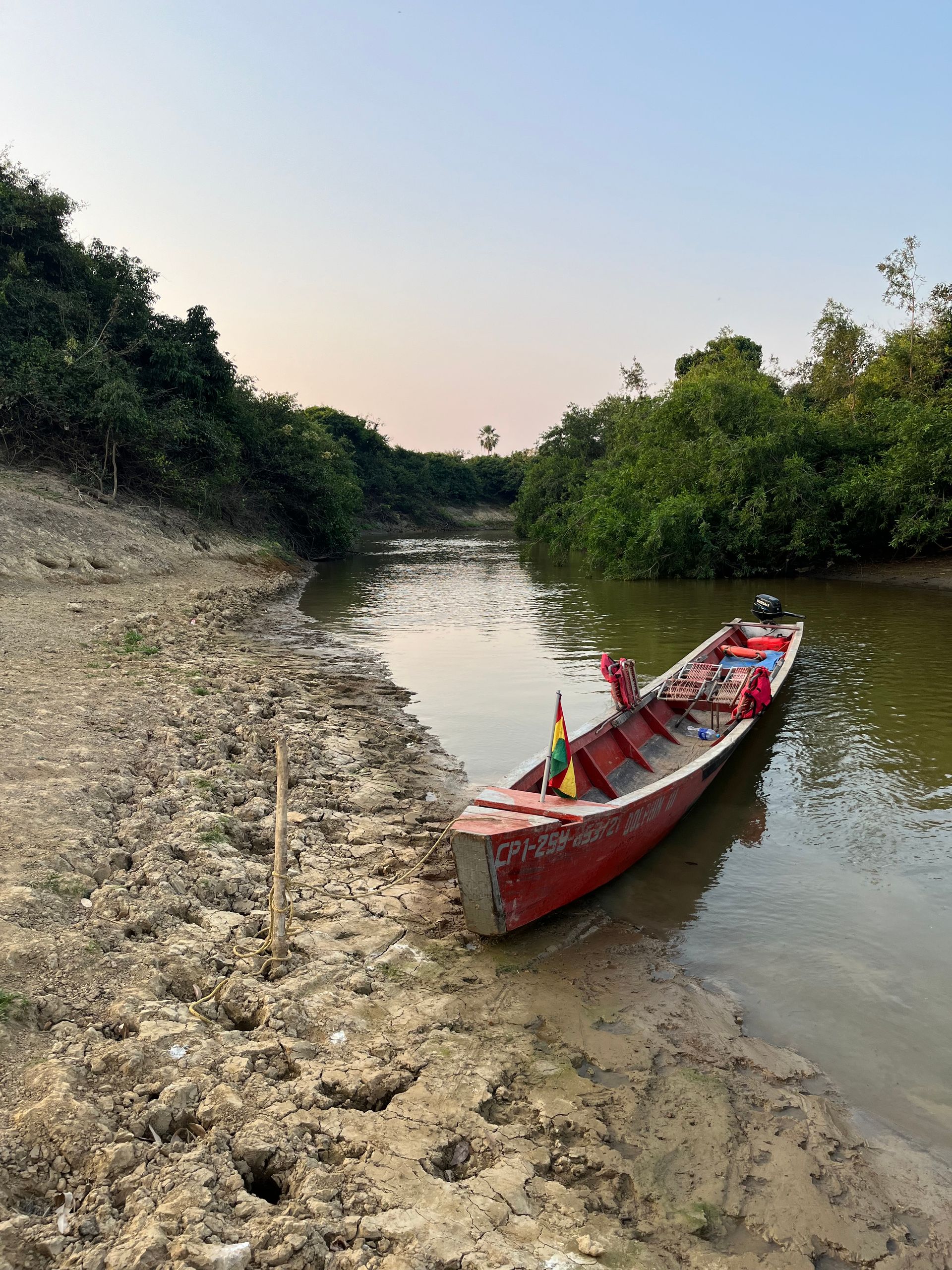
The next morning, we were woken up quite early, and after a decent breakfast, we went back out on the river. Piranha fishing was on the agenda. We stopped not far from our hut camp and with a line strung on a piece of wood and small meat pieces, we tried our luck. As soon as you held the bait close to the boat in the water, you could immediately hear the jaws of the predatory fish clacking, and if you didn't jerk the line towards you and were also lucky that one of the creatures swallowed the hook, the meat was already gone. Incredible how fast and energetically the piranhas devoured the bait, sometimes the fish would leap out of the water in groups while the meat disappeared between their razor-sharp teeth. While I struggled to outsmart the fish, Juan Carlos pulled one piranha after the other from the water, sometimes at the rate of one per minute. Practice makes perfect, I settled with two caught fish. After that, we continued a bit further up the river and into the pampas, the swampy and extensive savanna landscape with quite open vegetation. Here, the anaconda, the largest constricting snake in the world, is also at home, and armed with sticks and rubber boots, we wanted to find one today. We waded through grass taller than me, swamps, and ponds, trying to find any clues about the snake's whereabouts. However, we had no luck. It seemed to be more about the event itself since Juan Carlos revealed to me after hours of searching through all sorts of supposed hiding spots and ponds that the chance of finding an anaconda was quite low.
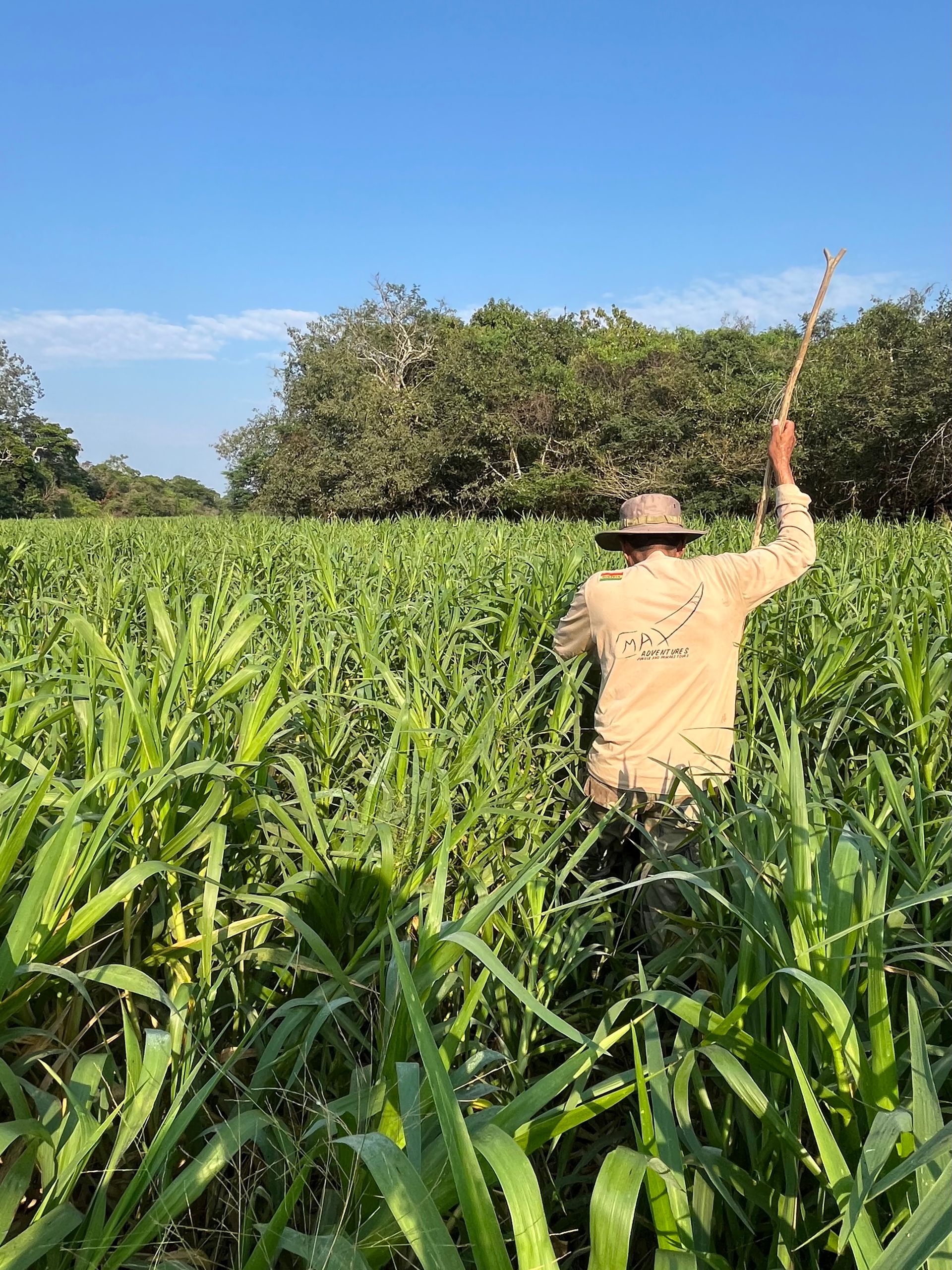
So, we returned to camp with a somewhat acceptable yield of predatory fish but without a sighting of an anaconda, and the fish were prepared. Luckily, this was not the only meal since the edible part is quite limited or rather: there’s almost nothing edible on a piranha, and the flavor isn't particularly spectacular either. However, the rest of the midday meal was excellent, and after the sustenance, the three French people said goodbye, leaving me as the only guest in the camp. Juan Carlos and I decided to take a nice long afternoon nap, and after resting, we went out again on the boat. It was wonderful in this quietness, alone with the guide and amid this diverse flora and fauna, I enjoyed the view from the boat and relaxed. At sunset, we stopped at an estate in the middle of nowhere and enjoyed the view into the vastness of the steppe while having a cold beer. Then the same game again: back with the boat to camp while once again marveling at all the glowing points at the riverbank. I asked myself several times if it would be possible to swim across the width of the river at any point without falling victim to the voracious maw of one of the crocodiles. Probably quite difficult; however, the proof of this thesis was not obtained, as there is still much more to discover than the inside of a giant lizard. At camp, everything was very relaxed, and with the three of us: Gringo, guide, and the wonderful cook, we let the evening wind down, and I climbed into bed satisfied. However, my sleep that night was repeatedly interrupted as a horde of howler monkeys made themselves comfortable near my hut and jumped from the treetops onto the tin roof several times. Since these colleagues are quite solidly built, that makes a substantial racket, and I was startled awake more than once from deep sleep and needed a moment to realize what was happening. Luckily, even the wildest monkeys eventually get tired, and by the morning hours, the commotion was over. The next day, it wasn't quite as early again but after another really good breakfast, we set off again. Juan Carlos had the glorious idea of looking for the anaconda again. His feeling told him that today might be a good day for sighting the snake, or maybe he just dreamed of it. Regardless – I agreed, and it went back out into the savanna in the same pattern as the day before. Once again, we waded through dense grass, sighted supposed nests or hiding spots, and poked around randomly with our sticks, only this time in a different part of the pampas. Eventually, I discovered an unnatural organic appearance in the dense grass and inspected it closer – snake skin! And from a larger snake. I called Juan Carlos for expertise, and indeed - it was the shed skin of an anaconda. No snake, but at least a success after all that wading and poking. Satisfied, the stick seemed a little lighter in my hand, and shortly after, the big surprise came. Juan Carlos whistled and beckoned me his way. “Anaconda” echoed through the steppe, and after a quick step, I could hardly believe my eyes. From a bushy hiding spot among the grasses, the graceful head of a snake looked at us. Completely still, with no body movement, the head was raised in the air, and the only thing that moved was the reptile's tongue. With that, it perceives everything possible: smells, vibrations, and sounds. I watched the snake fascinated from close quarters. The approximately three-meter-long body was entirely hidden in the thicket, only in certain places could you perceive the black-brown skin. A perfect camouflage; the only thing that stood out from the landscape's surface was the snake's head. A beautiful animal, and even though it was a rather small anaconda, I was completely euphoric and delighted about the sighting, like a small child. For some time, I continued to observe the animal from near distance but without touching the snake. Completely calmly, the animal endured my staring, and the tongue was the only part that moved the whole time. Fascinating. Fully satisfied, we returned with our boat to the dwelling and devoured the already prepared lunch. Throughout the entire excursion into the pampas, the food was really outstanding, and my thanks again go to the excellent cook. After that, we loaded everything onto the boat and returned for what felt like an eternity to the starting point of the journey. Along the way, we still stopped at an expansive bay of the river and moored the boat, as here were supposed to be some special residents. With knocking sounds on the boat, we drew attention to ourselves, and it didn't take long before the landlord showed himself for the first time: right next to our boat, the head of an Amazon river dolphin emerged. Wow – what a fascinating shape. We knocked on the wood of the boat repeatedly, and gradually we saw the dolphins in their striking pink garments flipping out of the water. Overall, this is a group of about 5 or 6 dolphins that are native to this river region and show themselves to visitors. I had never seen such a strange shape with its pink coloration and pointed snout before. Theoretically, you can bathe with the dolphins here; however, after all the eventful days, I was content with observing from a distance. The little ones made a few rounds in the murky water around the boat and then disappeared. We also vanished and continued on our journey. Upon arriving at the small harbor of Santa Rosa, we switched from boat to car and made our way back to Rurrenabaque. I enjoyed a long shower in the facilities of the travel agency and prepared for the return journey to La Paz. This was going to be quite an adventure again, seated in the very back row of the bus; however, the problem this time was merely the driver. He drove wildly and way too fast over the gravel roads and through numerous potholes. Sleeping was hardly an option; we were thrown around the half bus multiple times by the most violent jolts on the rear axle. The driver, however, seemed quite unfazed; he apparently had a mission, and almost two hours earlier than planned, we arrived completely rattled at the bus station in La Paz. Absolutely senseless this wild ride since I was supposed to take a bus later that night, and since it was 6 a.m. upon arrival, it meant now waiting for some shop to open where I could enjoy breakfast. Luckily, I was already accustomed to the theme of “bus travel in Bolivia,” and this ride was just another chapter in that.
The trip into the green lungs of Bolivia was definitely an experience and a very successful change from the chaotic hustle and bustle in the heights of the Altiplano.
Subscribe to Newsletter
Answer

Travel reports Bolivia
